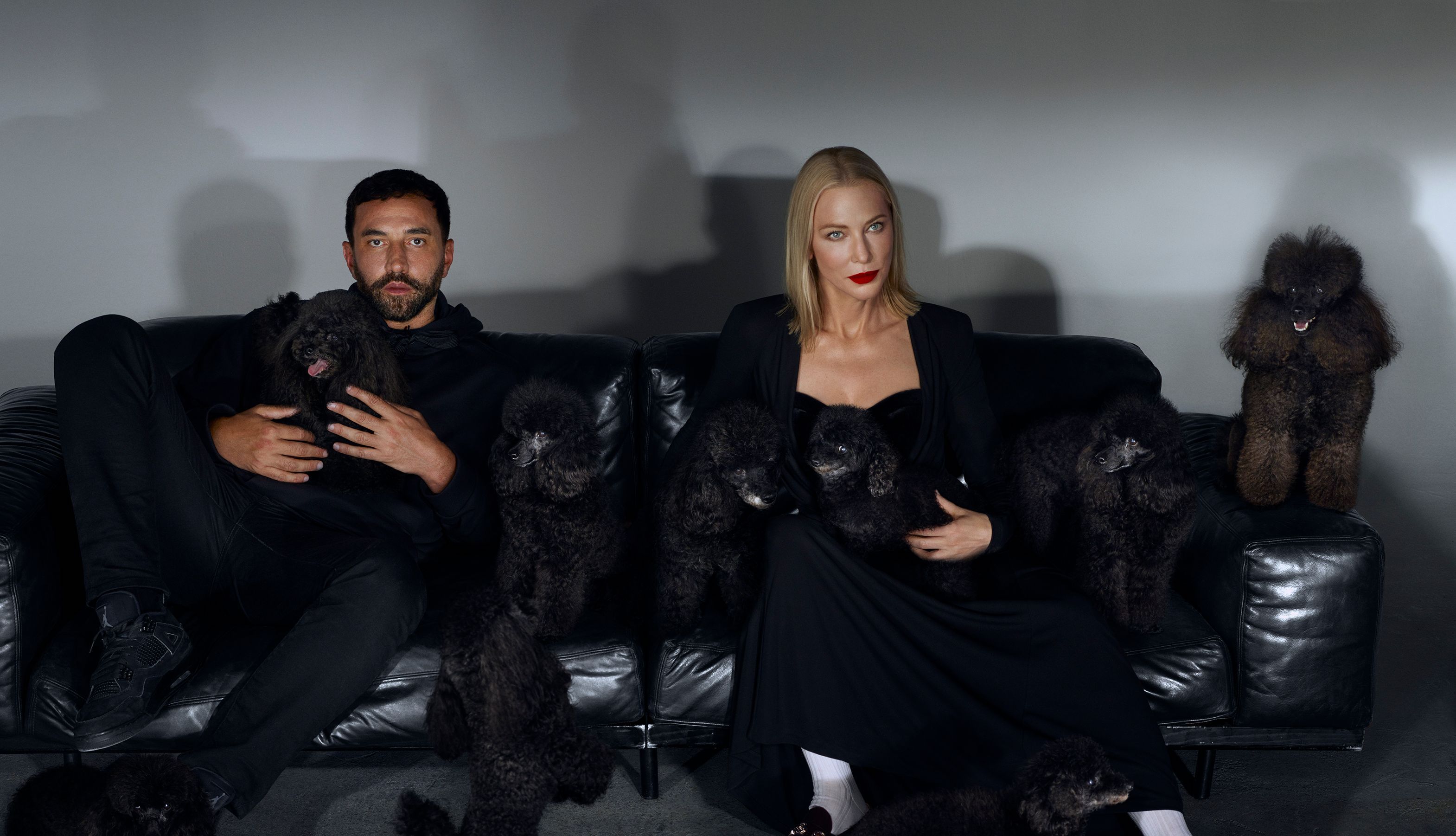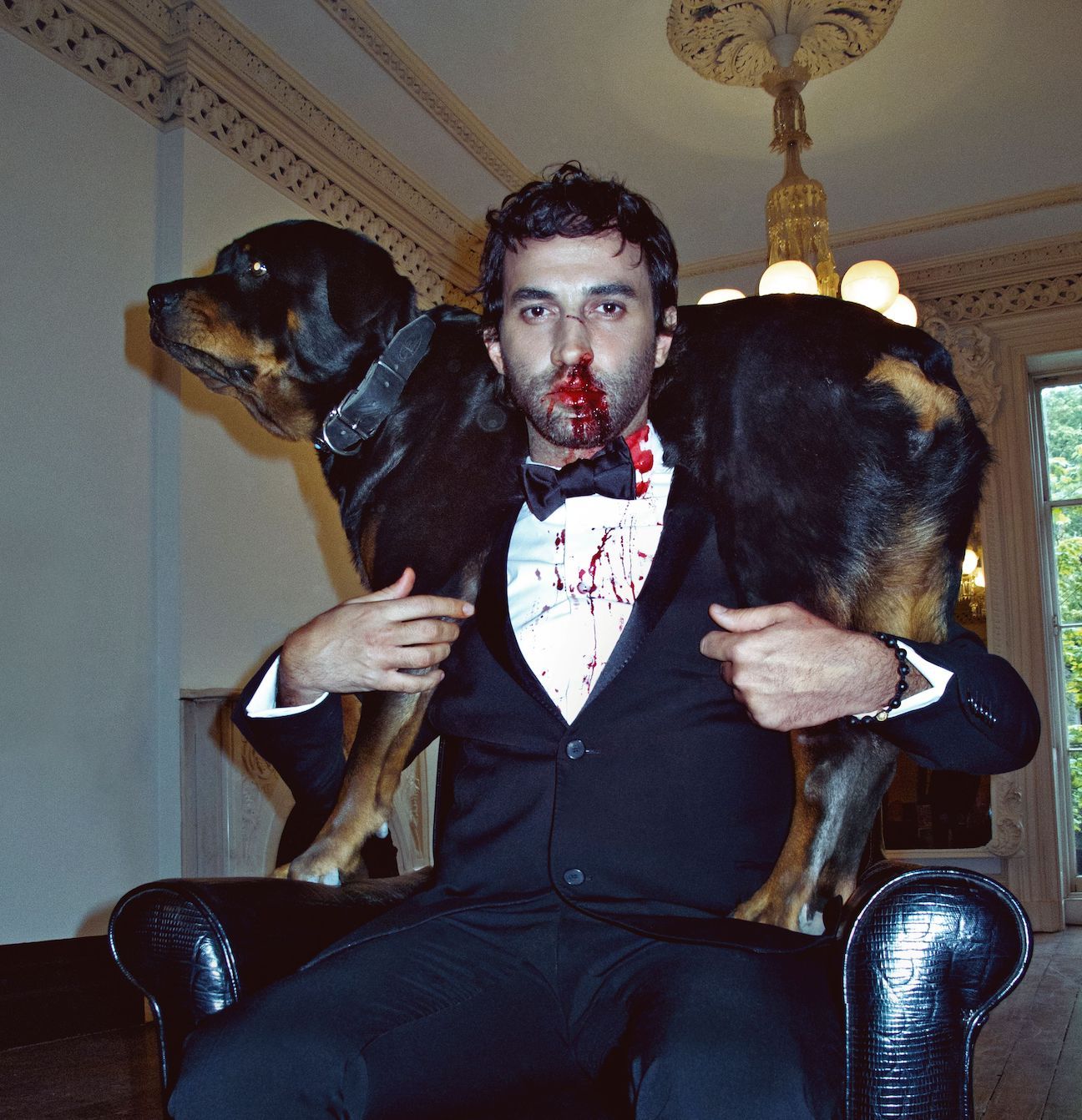The Road to Burberry: An Interview with RICCARDO TISCI
|Thomas Jeppe
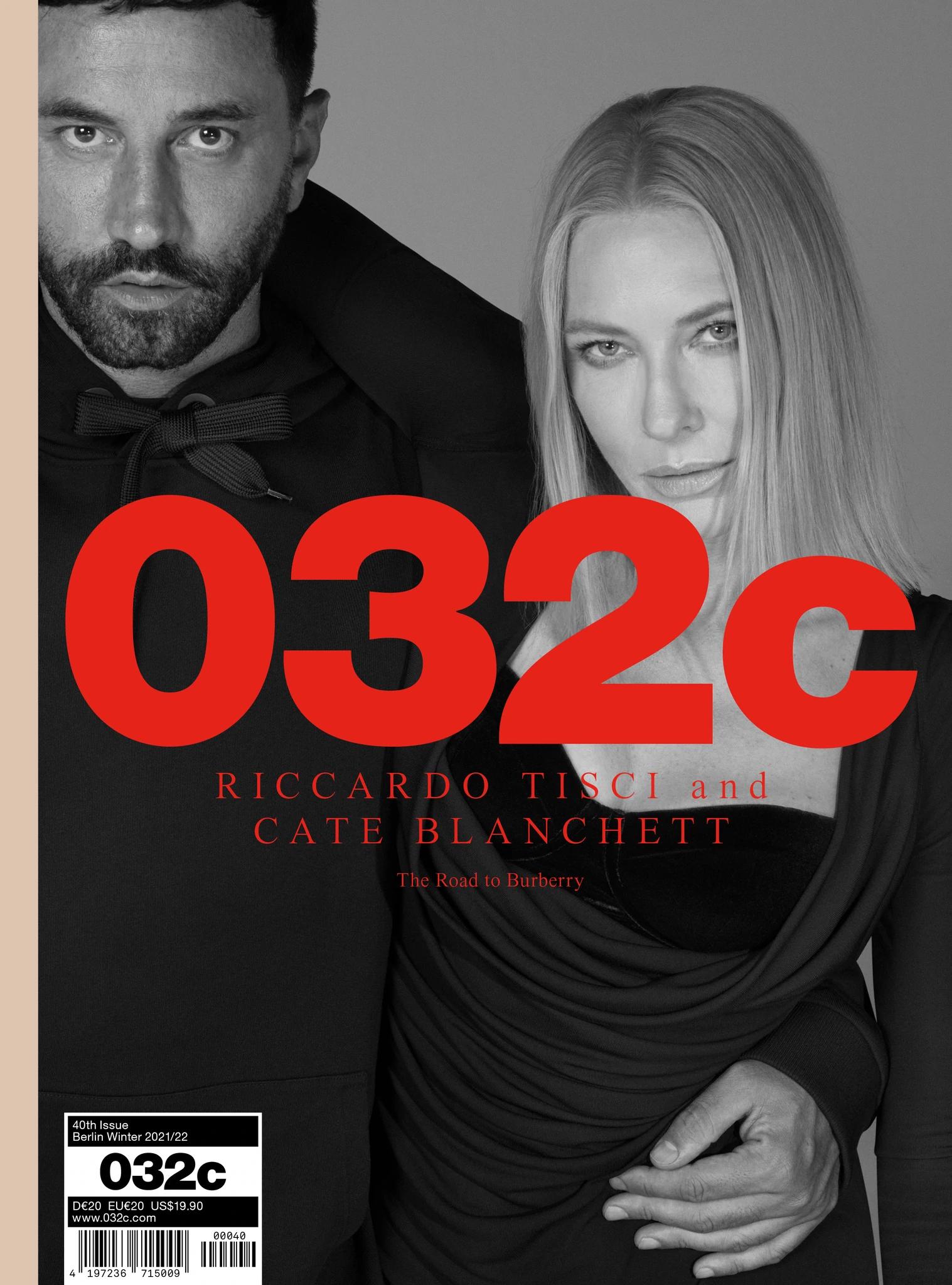
PARIS
HOTEL COSTES
OCTOBER 20, 2021
2:30 PM
RICCARDO TISCI: Your partner is French?
THOMAS JEPPE: That’s why I’m here, like a lot of the foreigners in Paris –
For love. But even as a city, especially now, you can very easily live in Paris. It has become the center of Europe, and the center of the world. Before, everyone would say, “I’m going to New York to shoot, I’m going to New York to do something or other.” Now, they’re all going to Paris.
The nice thing is you feel the city changing, becoming more open. In a way, you must be partly French by now?
I don’t feel French, but I feel at home in Paris. I did a party with Anne Imhof this week, after two and a half years of being stuck in silence. At Burberry, we were doing a lot of things in house, without an audience. Internally, there were a lot of questions about why, after all this, we should come back with a fashion show. For our generation, a fashion show is something conventional; for the young generation, it’s a celebration or another form of art performance. I wanted to celebrate in a way that’s not showing only clothing: I wanted to show humans. Because I think, for the younger generation today, [that] identity is what’s important. I’m not talking about the identity of a fashion house. I mean humans, individual humans. After Covid, which was a moment for the world to stop for a second, the world is changing. Why not come back with a party?
The runway show is really a one-way spectacle where you sit and watch, and it’s quite passive the way you digest what’s shown to you. In a party, by comparison, you’re invited to move.
The runway show is like ticking a box. It’s the way you “have to” do it. But you impose a vision on your audience. When it’s a party, your audience is part of it. For me, this party was a type of fashion show, but it was sidestepping the press and the buyers. And with the young kids, it was amazing – it was literally a rave. My team in Paris were worried that no one would show up, because it was a Monday night. I said, “Listen, people are starving for freedom and celebration – the young people, they will be there.” People were in the parking lot of Palais de Tokyo until 3:30am, celebrating Burberry.
Can you tell me about your impression when you first came across Anne Imhof?
I first discovered her work when she did the Venice Biennale. I heard about this girl from Germany, so I went to Venice to see it. It took me back to 10, 15 years ago.
England had given me my first opportunity, because they paid for my school. Many energies crossed over, and I ended up in India and … started the Riccardo Tisci label. I didn’t have a penny, so all my girlfriends, some of [whom] were already famous – Mariacarla [Boscono], Karen Elson – they helped me to do my show, which wasn’t really a fashion show. It was a performance. My friends DJed on a camping table, my sister did hair and makeup, and my girlfriends did the catwalk. It was like a rave! We didn’t have money for chairs, so people were watching it [while] standing. The photocopied invitation was given out by models, backstage at other fashion shows.
So when I saw Anne’s work, it was like rewinding back in time. Of course, she does it differently, but it was this freedom of youth getting together. I got obsessed with her work. [A] year and a half later, I went to see her show "Sex," in London, at the Tate Modern. I really loved what she was doing, because she was talking about things that people know but don’t talk about, and what they don’t want to represent. We eventually met and clicked straight away, and agreed to do a project together – which became the fashion show performance in the forest. From there it became a friendship built on respect. We became very close, and I decided that Burberry would sponsor her show at Palais de Tokyo.
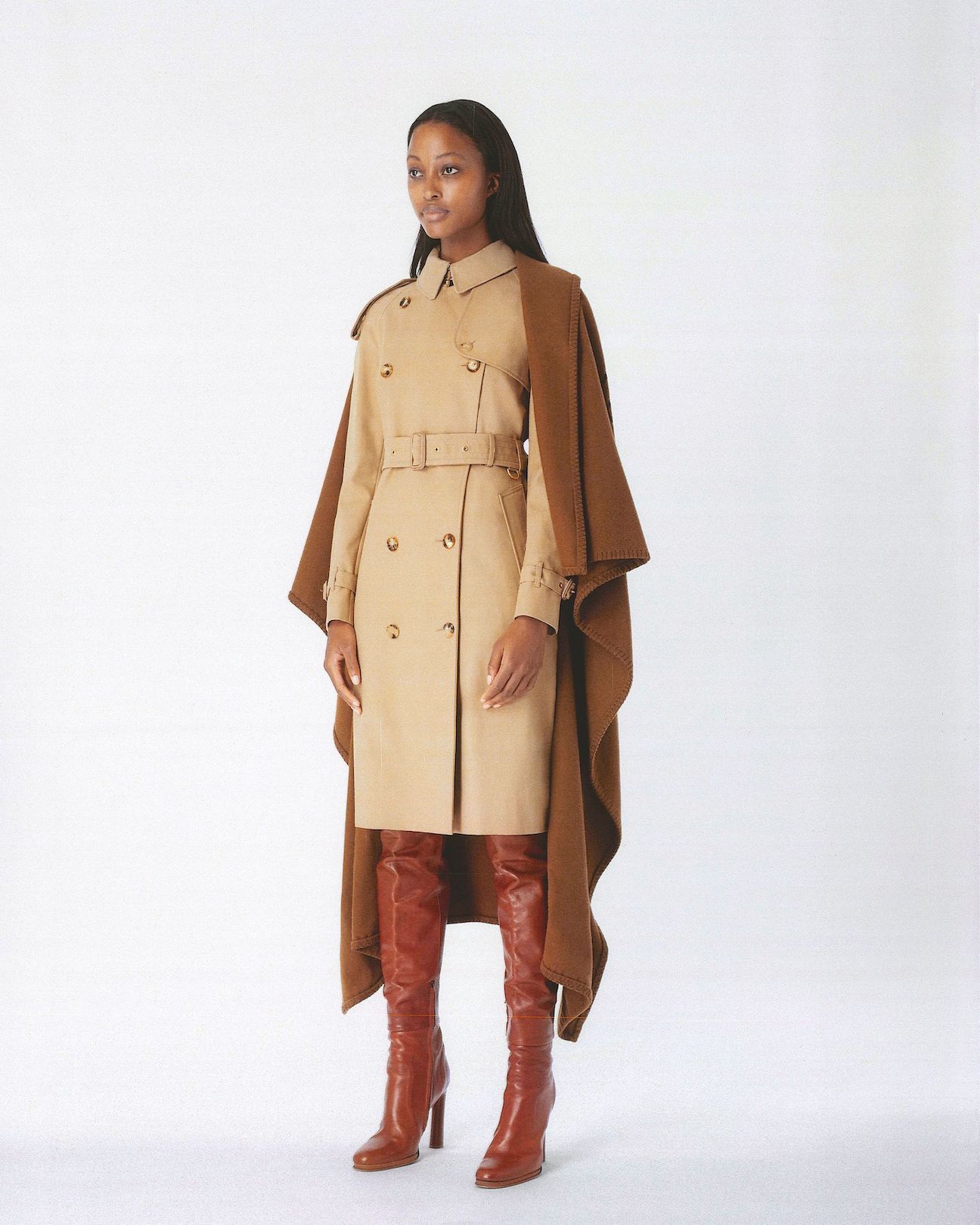
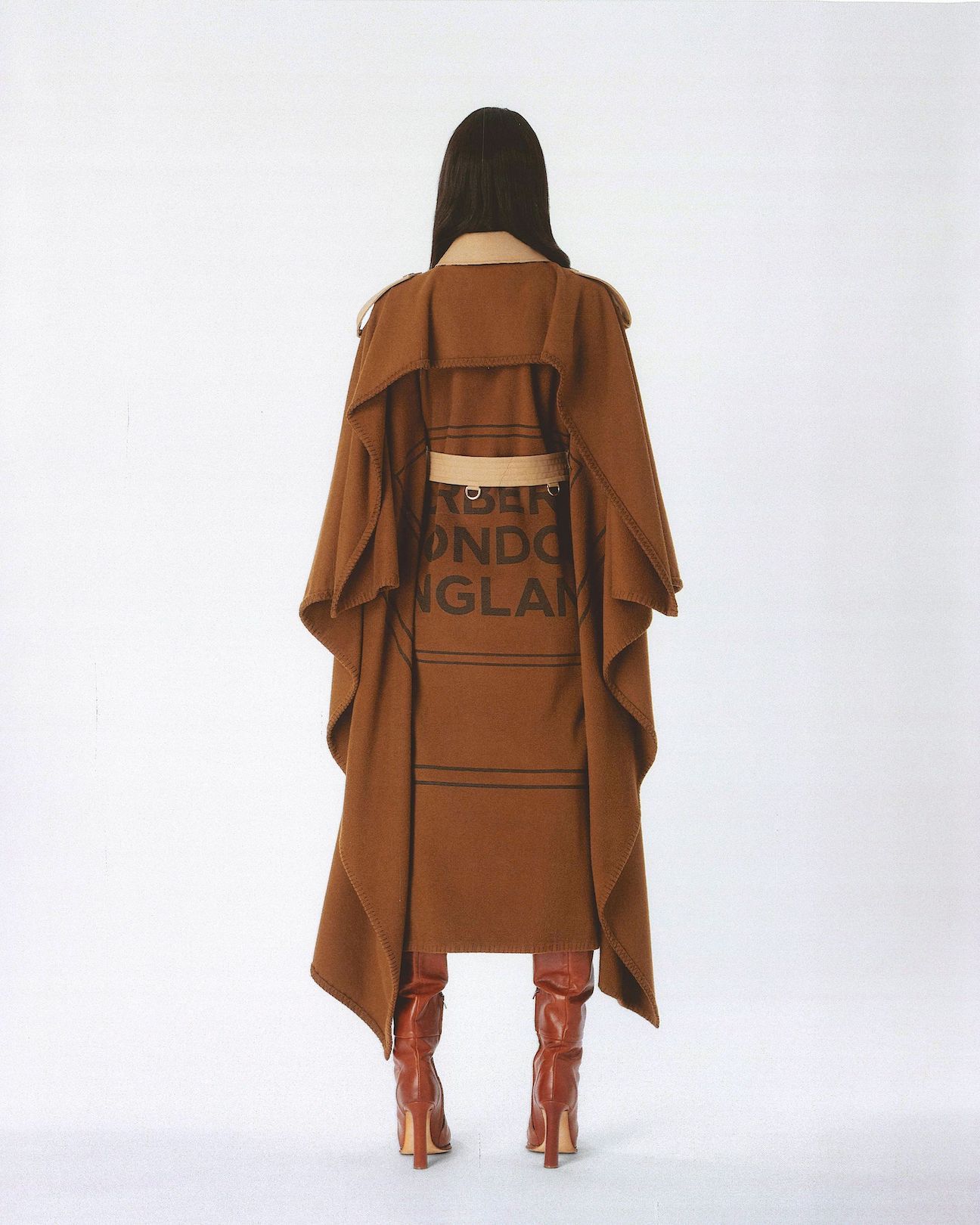
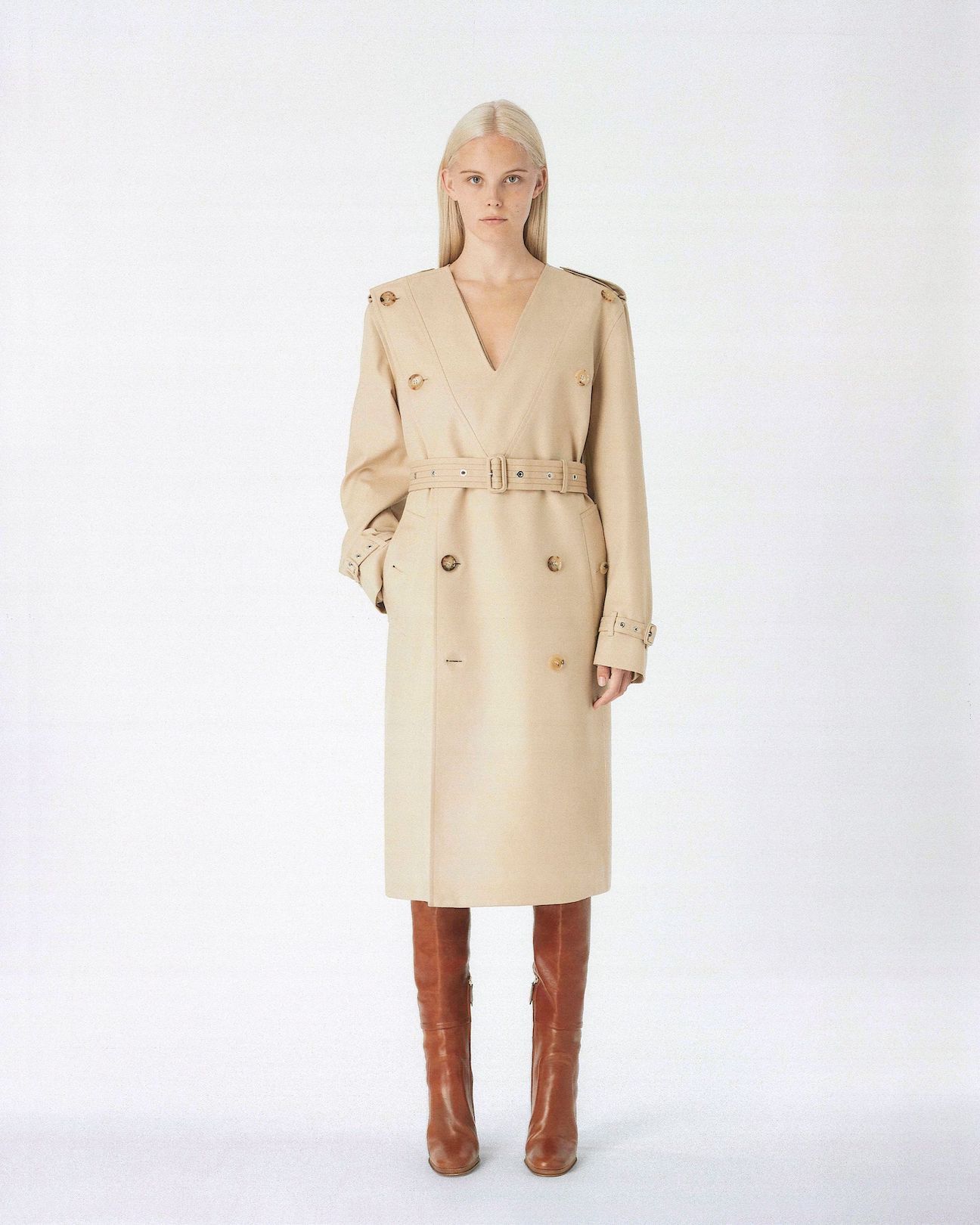
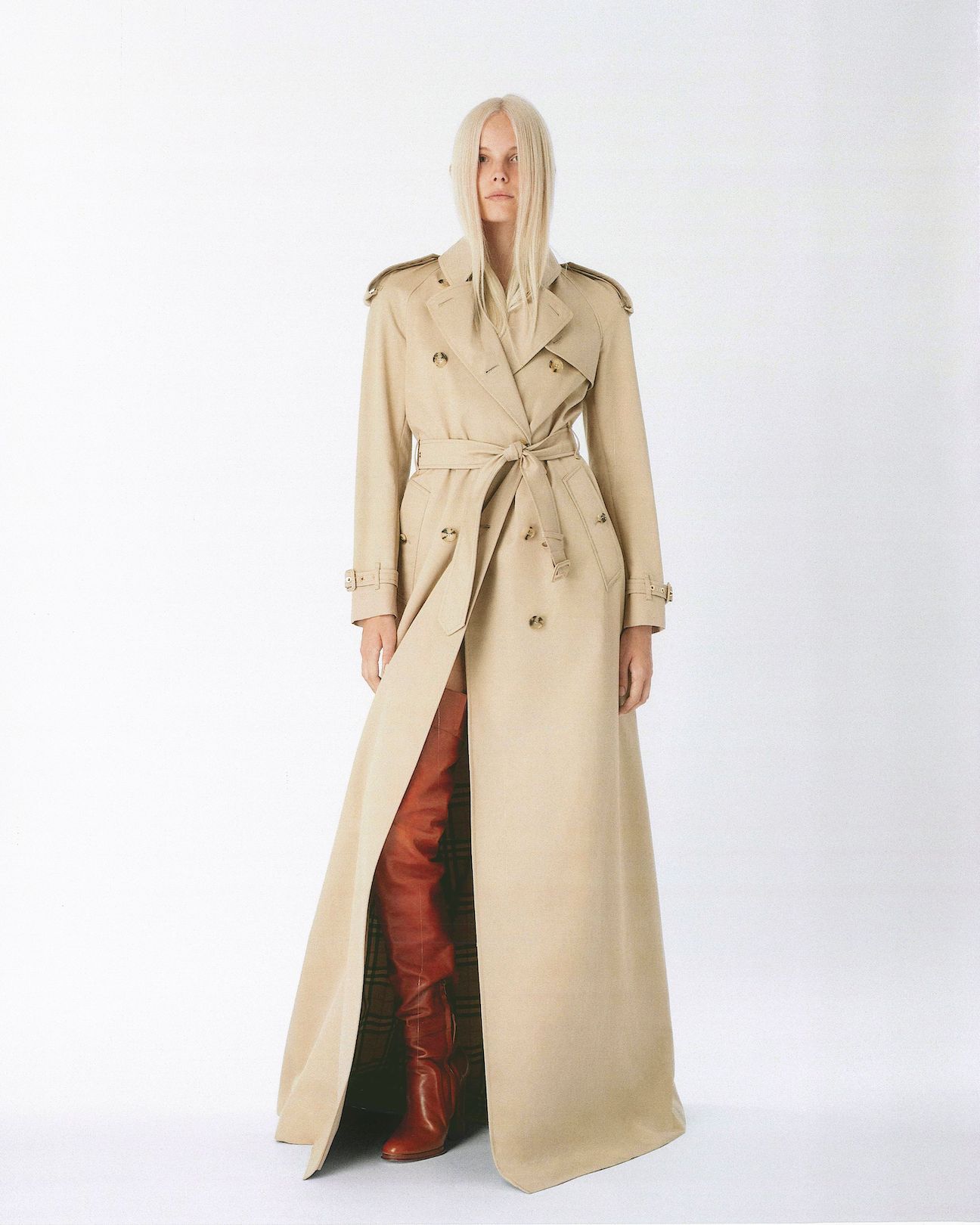
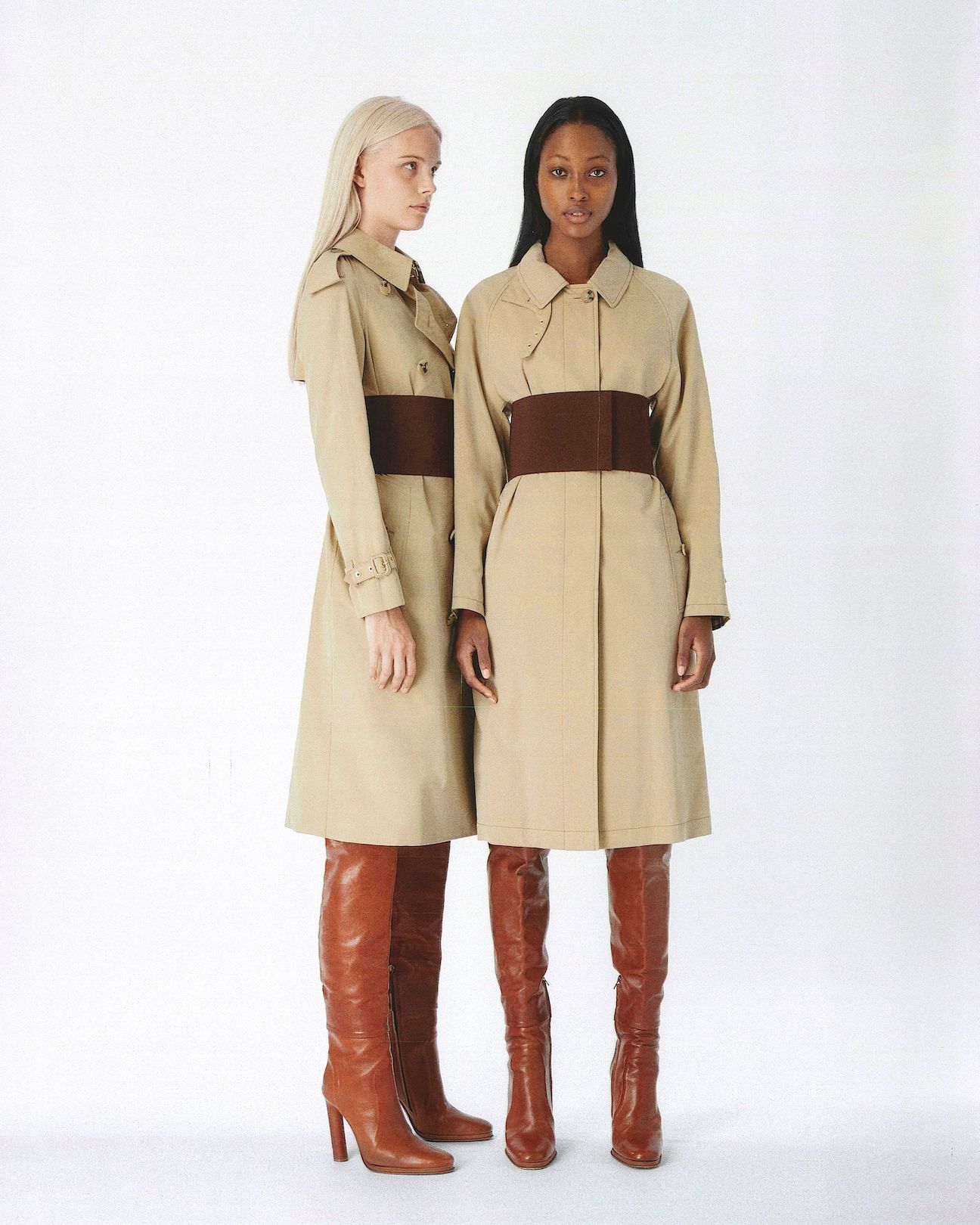
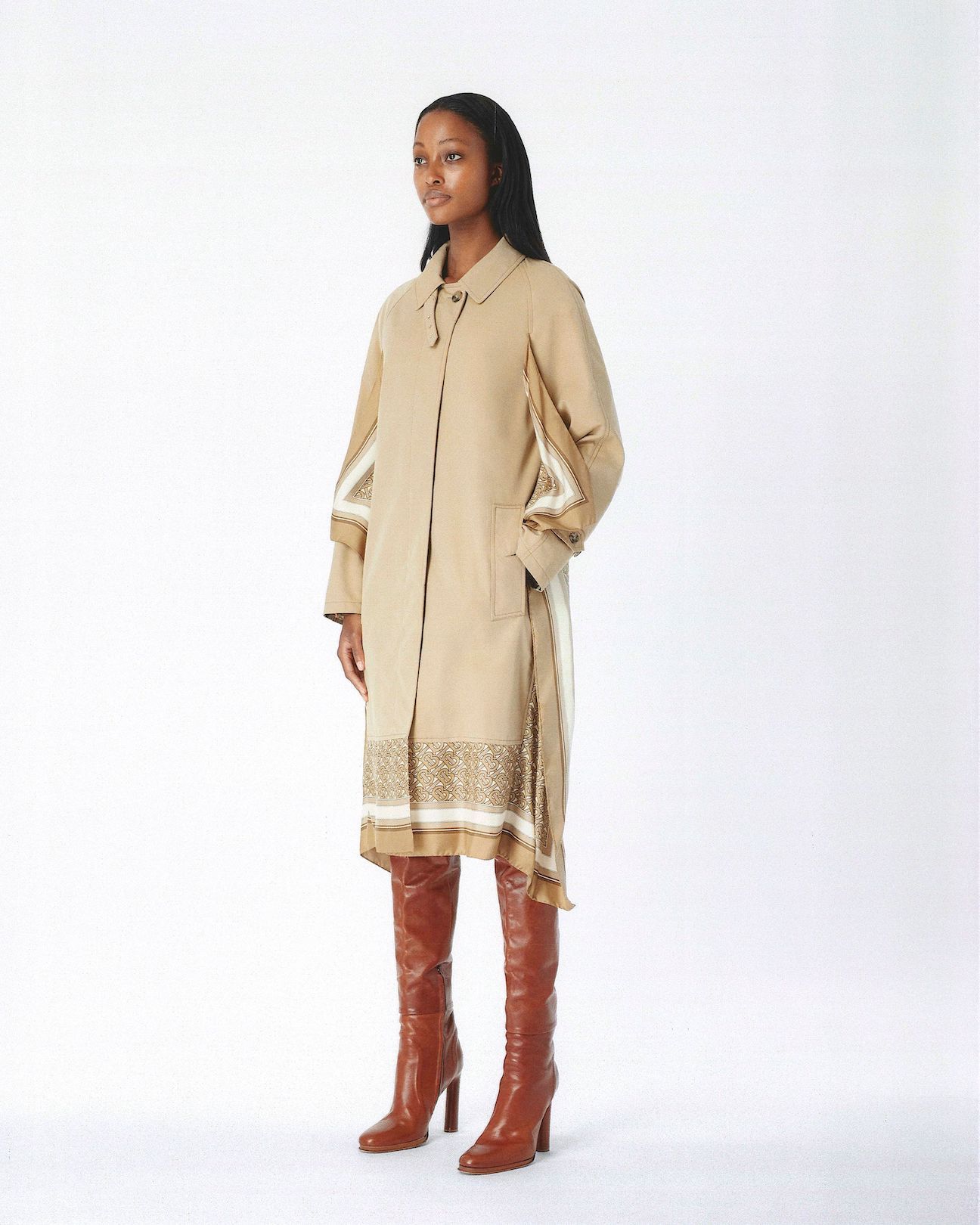
For me, her work was always taking codes from the presentation of fashion and expanding it into performance. The way she shapes people, the way she positions signs and symbols, it is like slow voguing, an expanded sense of the logic of the catwalk. It makes sense that it comes back into fashion.
But she’d never brought it back into fashion before we worked together. The ping-pong that Anne and I have is very interesting because we have a lot in common, but we think differently in a lot of the ways we approach life. I tend not to collaborate with people who are not part of my life. Like other designers, I have people who approach me every day to do things. But I don’t like to dress everybody. I only work with people when it feels right for me.
It took a lot of work to bring Burberry to what it is today. Not because Burberry is difficult, but because I arrived after 13 years of very strong identity in my career, and I arrived in a moment of social and political change in England, and then Covid. Burberry has a strong, focused heritage identity. The color beige, the trench coat, the Harrington jacket, and the check – that is Thomas Burberry, the real heritage of the house. But Burberry is a big machine, and moving a machine, even in normal times, is difficult. We had to move in a moment [when] the waters were not calm. So it was challenging.
For me, the real Burberry started one year ago. We are reading people now, we know what people want to buy, we know what celebrities want, and we have started to shape a real identity. It takes time. Burberry is probably the only heritage company in England that dressed the two sides of the world – the upper class, and the real street. Punks had Burberry coats, but so did the aristocracy.
When you came to England the first time, was this duality on your radar as a young person?
When I came to England it was the moment of [the] 90s that was outrageous craziness. It was a moment of expression in fashion it was McQueen, Galliano, you know: over-the-top things. It was Björk and Skin from Skunk Anansie. They were making the social moment. My London – I would say my England, but I live in London – was a London of creativity. It was constructive, not destructive. Today, I’m seeing more of the younger generation fighting for their rights. It’s different. It’s two different Londons, and it’s very interesting to see them both.
I think of this London of the 80s and early 90s as a place of experimentation that nurtured people like Leigh Bowery.
He was one of the first people I met in London, can you believe that? When I arrived I met this guy, Robert Louis Stevenson, who was part of this club called Heaven in Charing Cross. One night, around Halloween, he said “I’m going to this house party.” It was Leigh Bowery and Minty’s warehouse. It was a few years before Leigh Bowery died. I believe John Galliano was also there, and I met Antonio Berardi and that crew.
There was a group of big personalities living in London at the time. I was lucky, at 17, to meet these people. I was this kid from Italy, coming from a poor family, studying and working from a young age. At 16 I was working at a club in Milan as a dancer. Not as a go-go dancer, but as a dancer. I had this long black hair, I was completely different. It’s crazy. But I was tired of being poor and living in the suburbs, and wanted to change my life. So I shaved my head, changed my identity, and moved to England.
I was doing crazy jobs, trying to survive – working at the door of a store, checking that people were not stealing; cleaning in a hotel. My English was just, “Hi, bye,” when I arrived. I learned my English in the street. It was the island of success for a young generation, a place where people could give you time and space to talk. It still is that today, but at the time it was only London and maybe New York. Today there’s Berlin, there’s Milano. You have other options.
Coming from Italy, even after working at a club, it felt far. For me, coming to a place where people express themselves through dress, it was like seeing a shark for the first time, or seeing water in the desert – it was a shock! A culture shock that stays imprinted in your brain. I understood straight away what I wanted to do and who I wanted to be. I understood that I didn’t have to be excluded because of where I came from. I don’t want to make any judgment, but over my career, most of the people I met that shaped something, that had strong opinions, that made history – they were the ones [who] came from nothing. It’s sad to say it, but from suffering comes love. In this job, you don’t have to come from pain, but you do have to go through something and have some life experience. Because actually, my suffering wasn’t about pain, it was about not understanding. When I arrived in a position of power – it’s a very ugly word – but when I arrived in a position to speak and to have my voice heard, I thought: next to a cute bag, a cute jacket, why not also sell a message? This is something all young designers are doing now, and I’m happy about that.
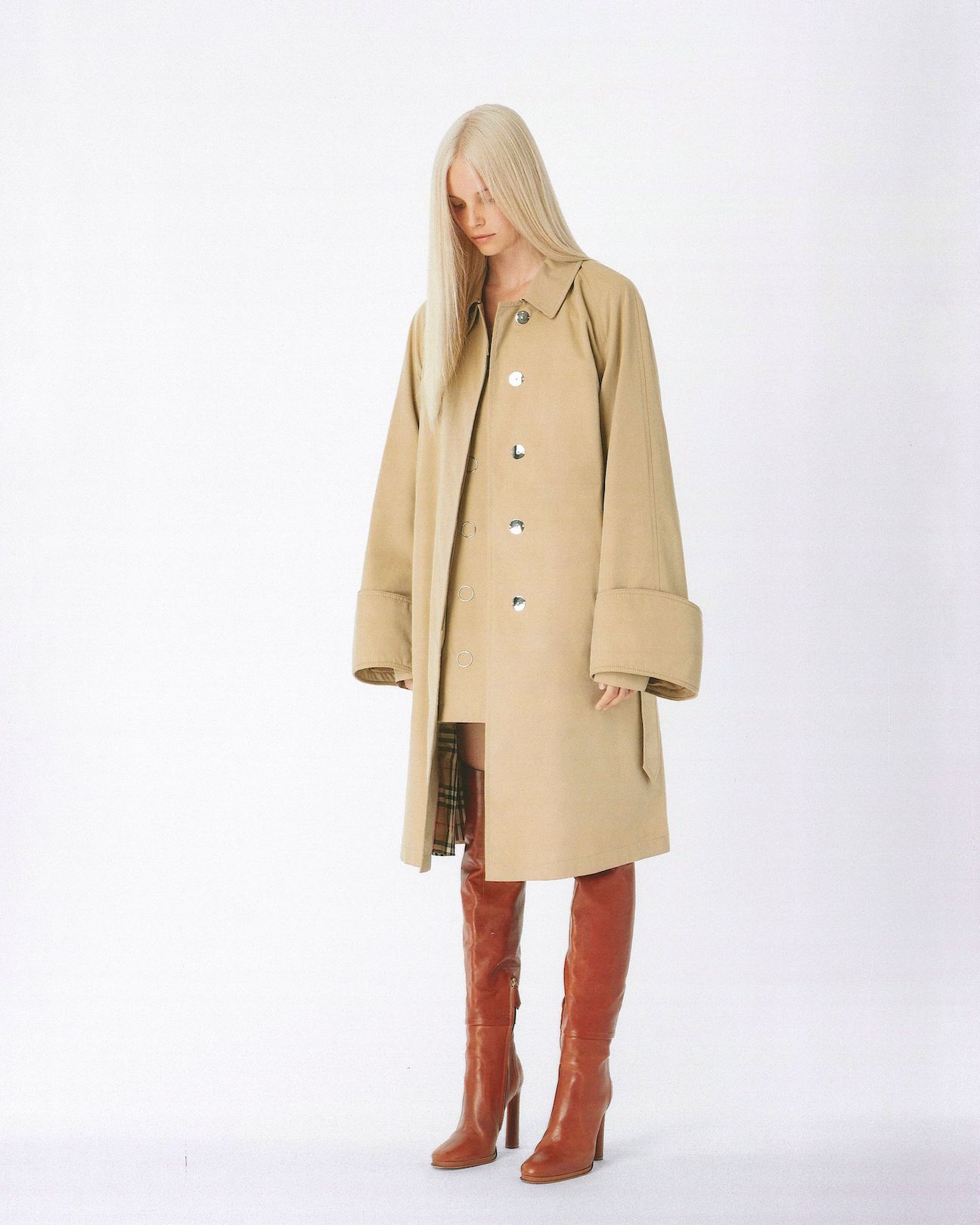
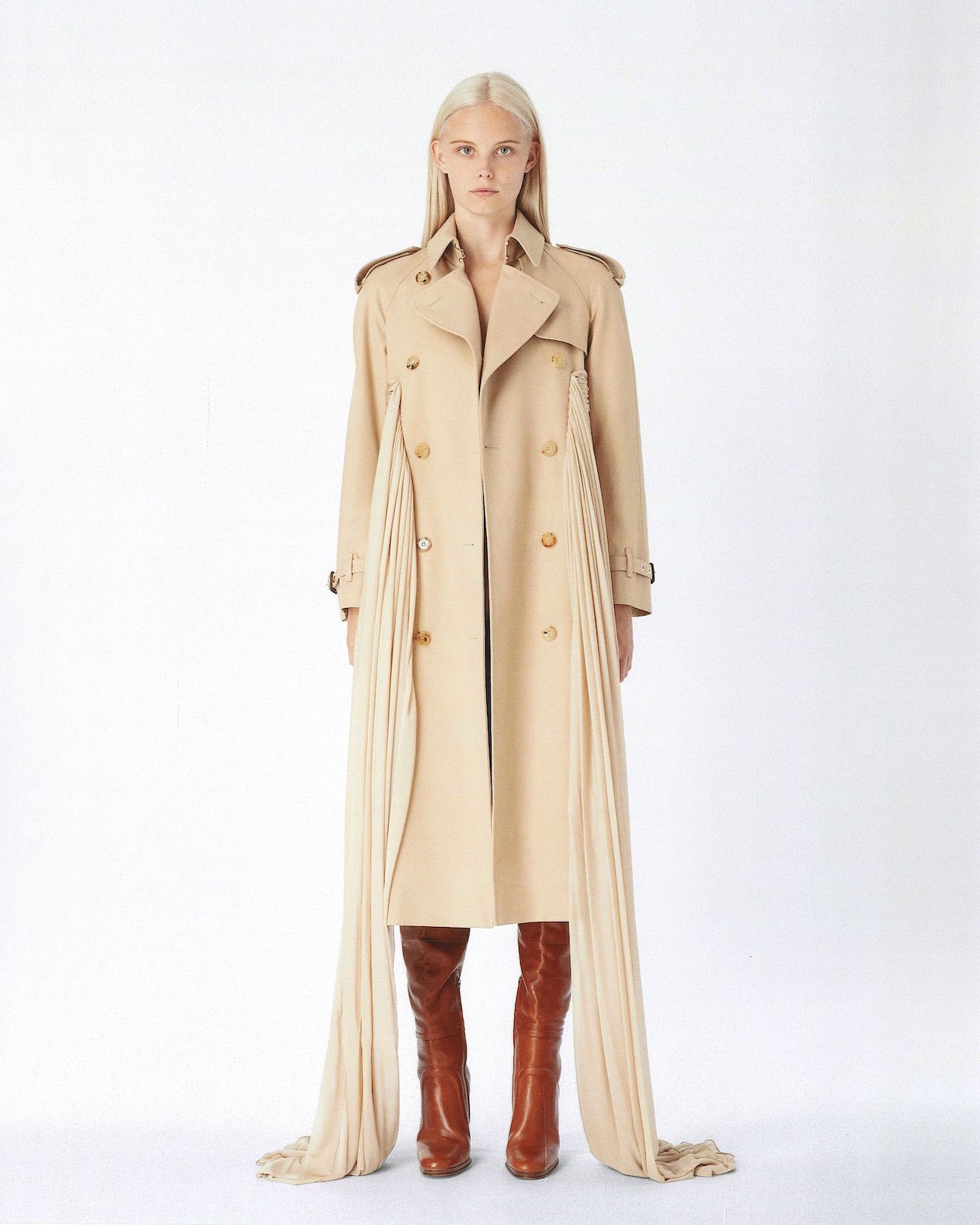
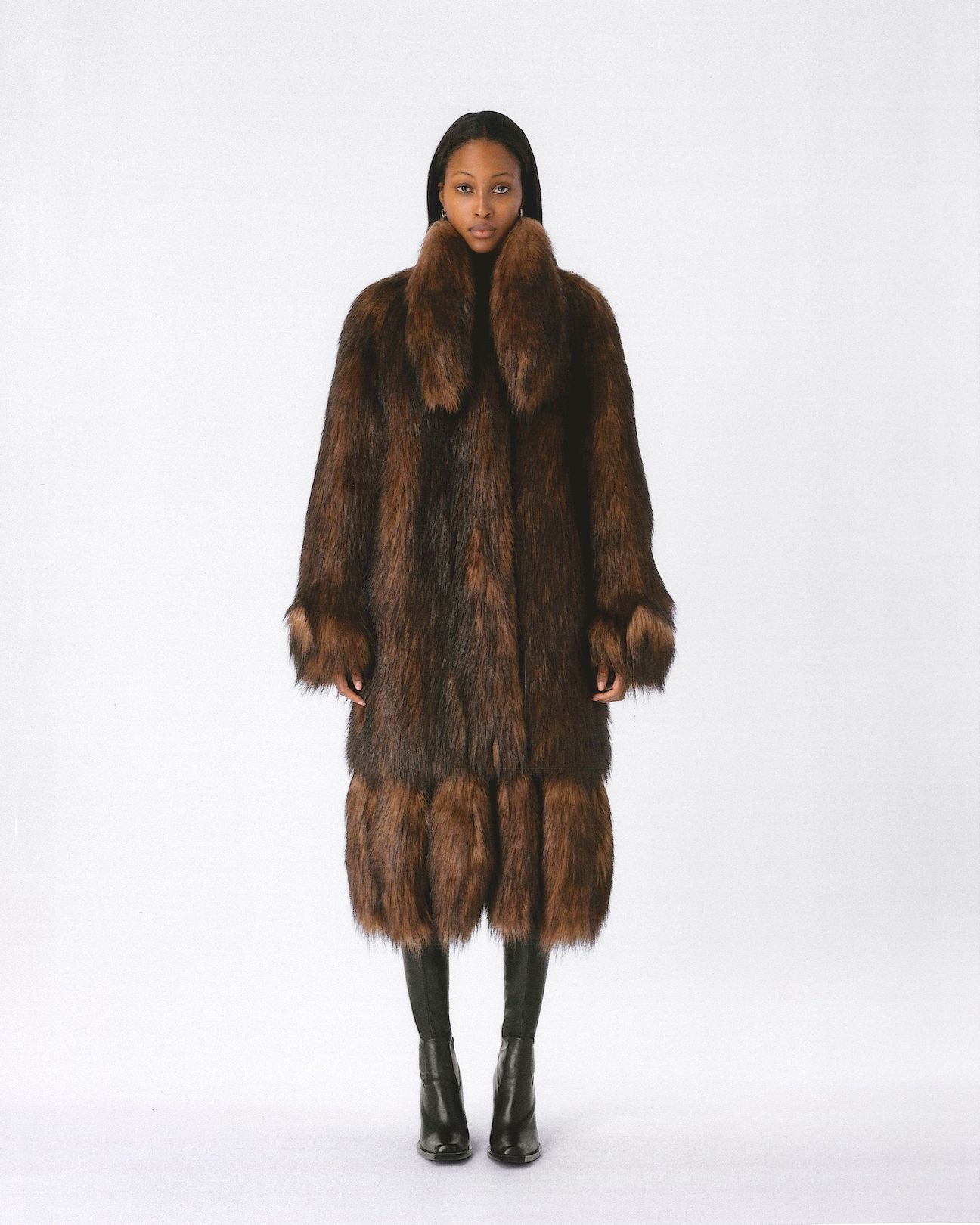
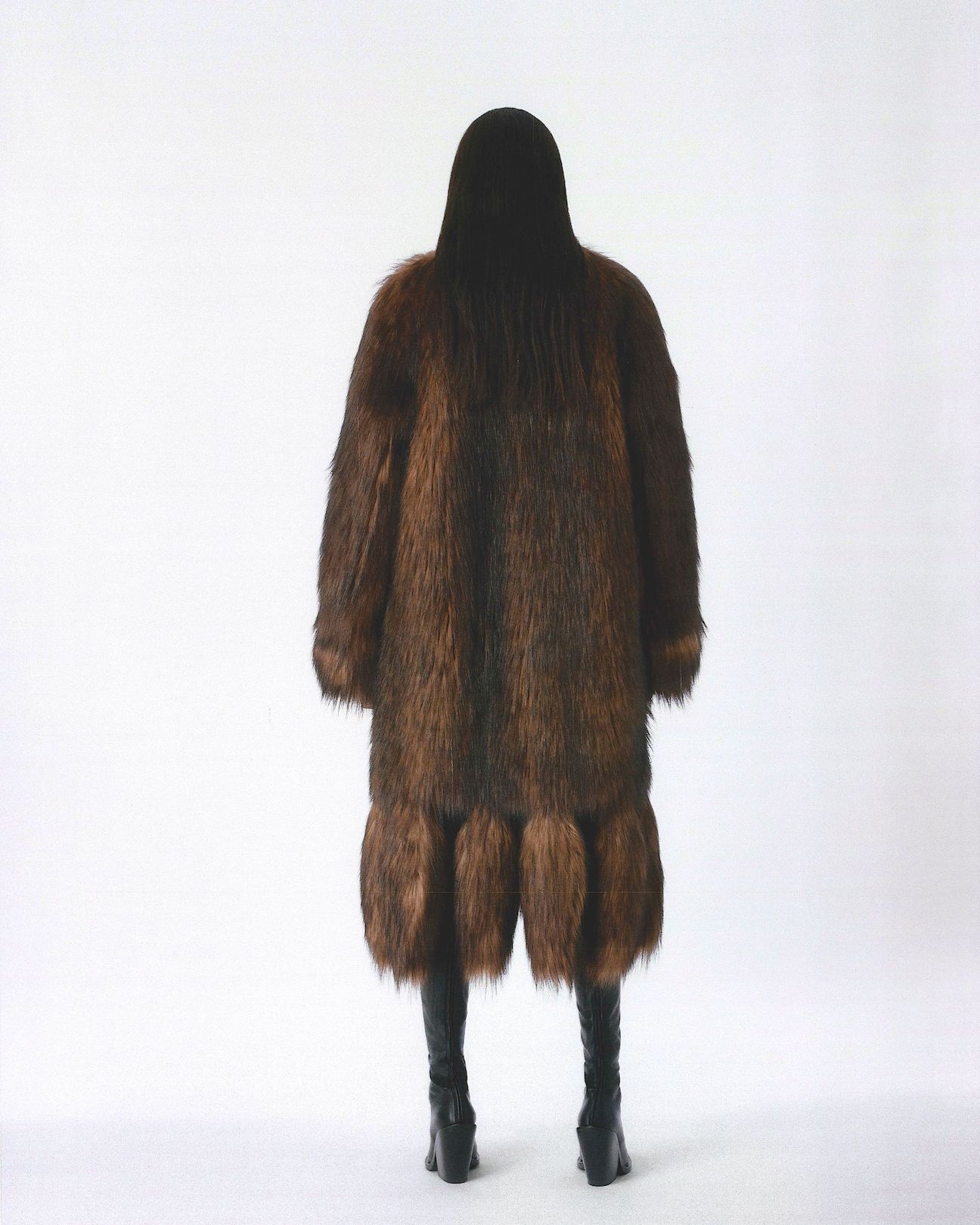
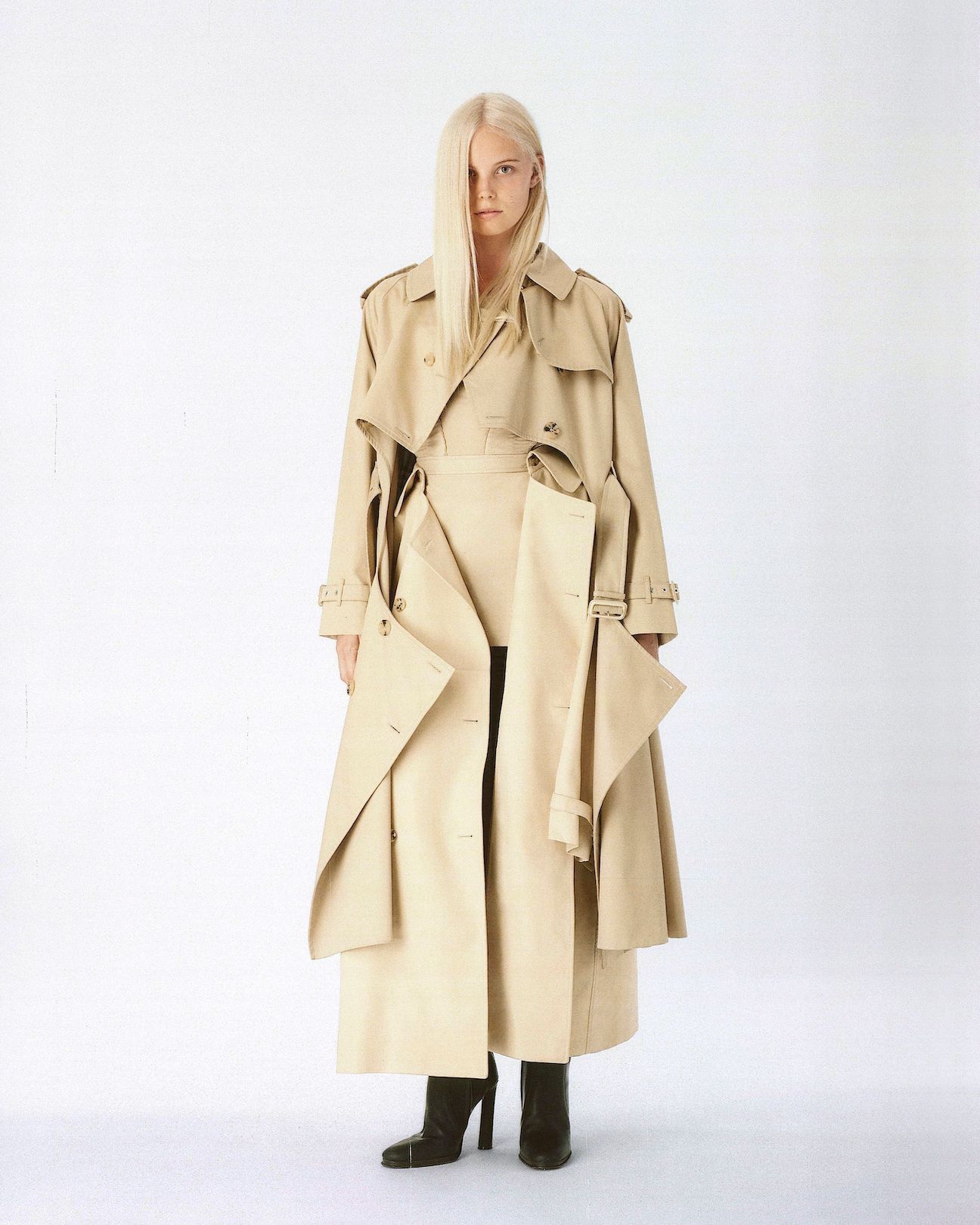
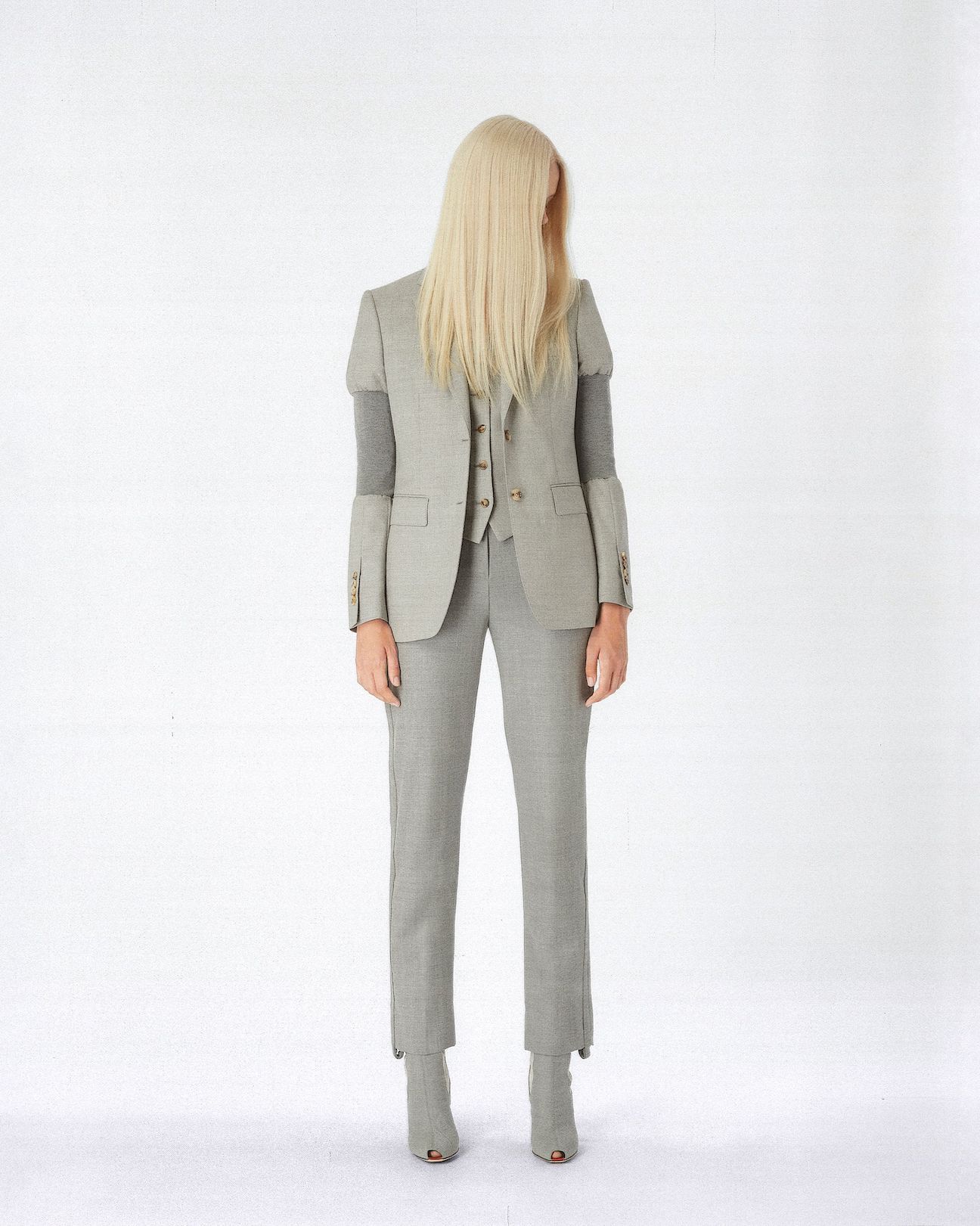
Over the years, you have faced a lot of criticism from the fashion world.
Absolutely, I was given a lot of shit. A lot. A lot. It got to a point where I couldn’t show my face outside and couldn’t go to certain countries because there would be people demonstrating against me outside of my hotel.
For the first few years of Givenchy, I was the monster that was destroying a couture house. I was told I was wrong to do fashion. I was criticized for doing a show with only Black and Latino models, even though 80 percent of my customers were Black women and Black men. When I put Lea T on a couture campaign, I was criticized because she was transgender. When I supported Kim Kardashian, I was also torn to pieces. But I didn’t care because I didn’t have anything to lose.
It took me time to understand why people were so interested in what I was saying, but then I realized I could use this as a power – not for me, but to include others. This is why I didn’t get emotional when Lea T got the campaign. I got emotional when she made it to The New York Times. I get emotional when I see LGBT people on the catwalk, and when I see different body types and skin colors on the runway, or when a transgender person is on the cover of Time – when I see that things are really changing.
Before me, there were strong people who showed me [that] change is possible. Take Madonna, for example. She’s a friend, but let’s go back 30 years ago, when she did Erotica and Sex. She was criticized because she was not trying to please people. Many of the things she did then sound normal now. And that’s what inspires me, people who change culture, who change the way people live.
So you’re sending clothing out into the world. And at first it’s a costume, people can determine their public image through this; but as a second, less immediate effect, you can actually influence behavior and shape people’s thinking. Looking at your work introducing messages that were, in one moment, radical, and ten years later, normal or celebrated – this becomes a kind of choreography of ideas.
And with me it was even more shocking, because I was a couturier doing Nike! Today, the brand is flexible, they put the swoosh anywhere, they cut it – but at that time, you couldn’t do anything. Their legal department was like, “No, you cannot touch that, you can’t do this, or change the color.” Now, the idea of collaboration is normal.
But all this collaboration, for me, has created laziness.
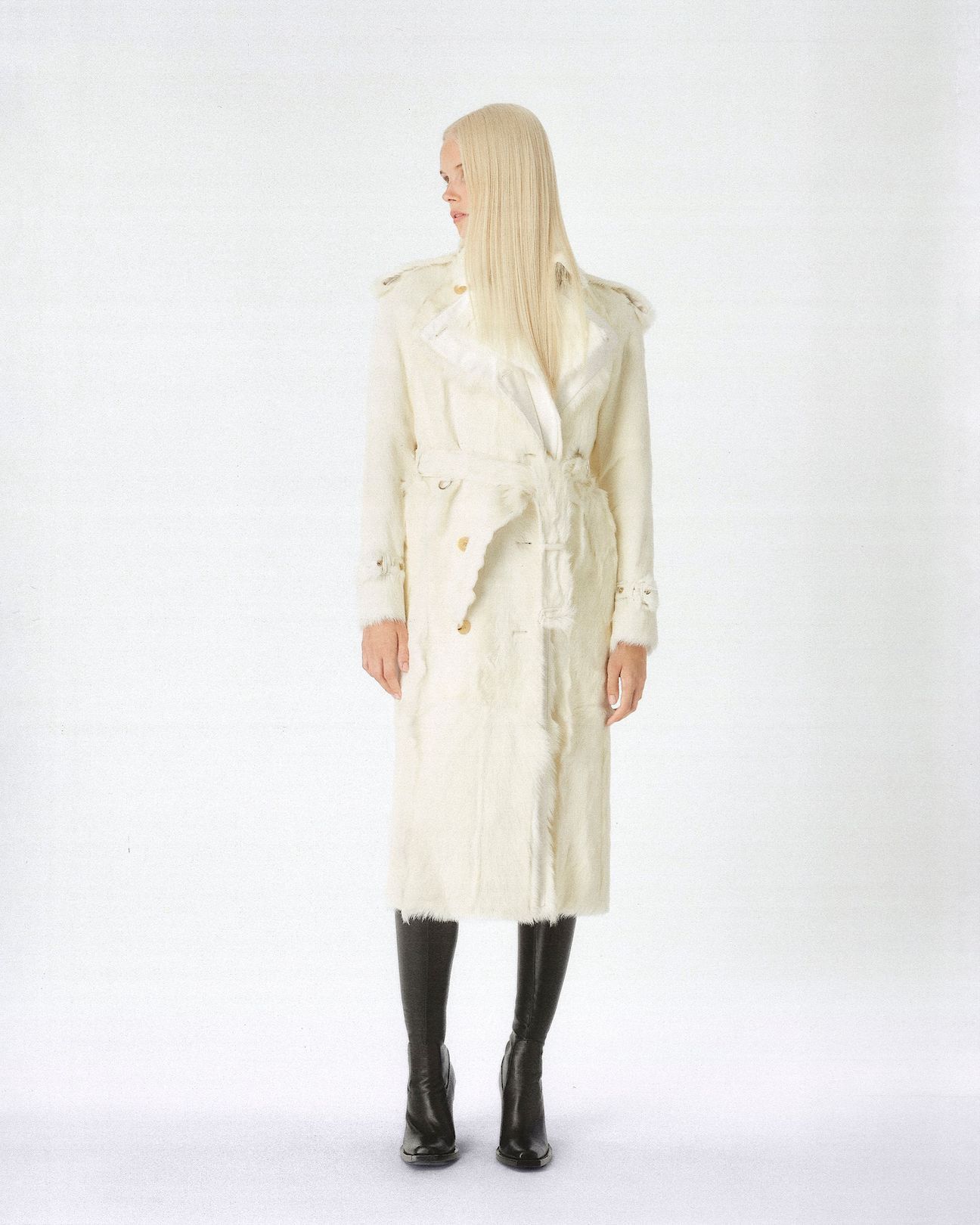
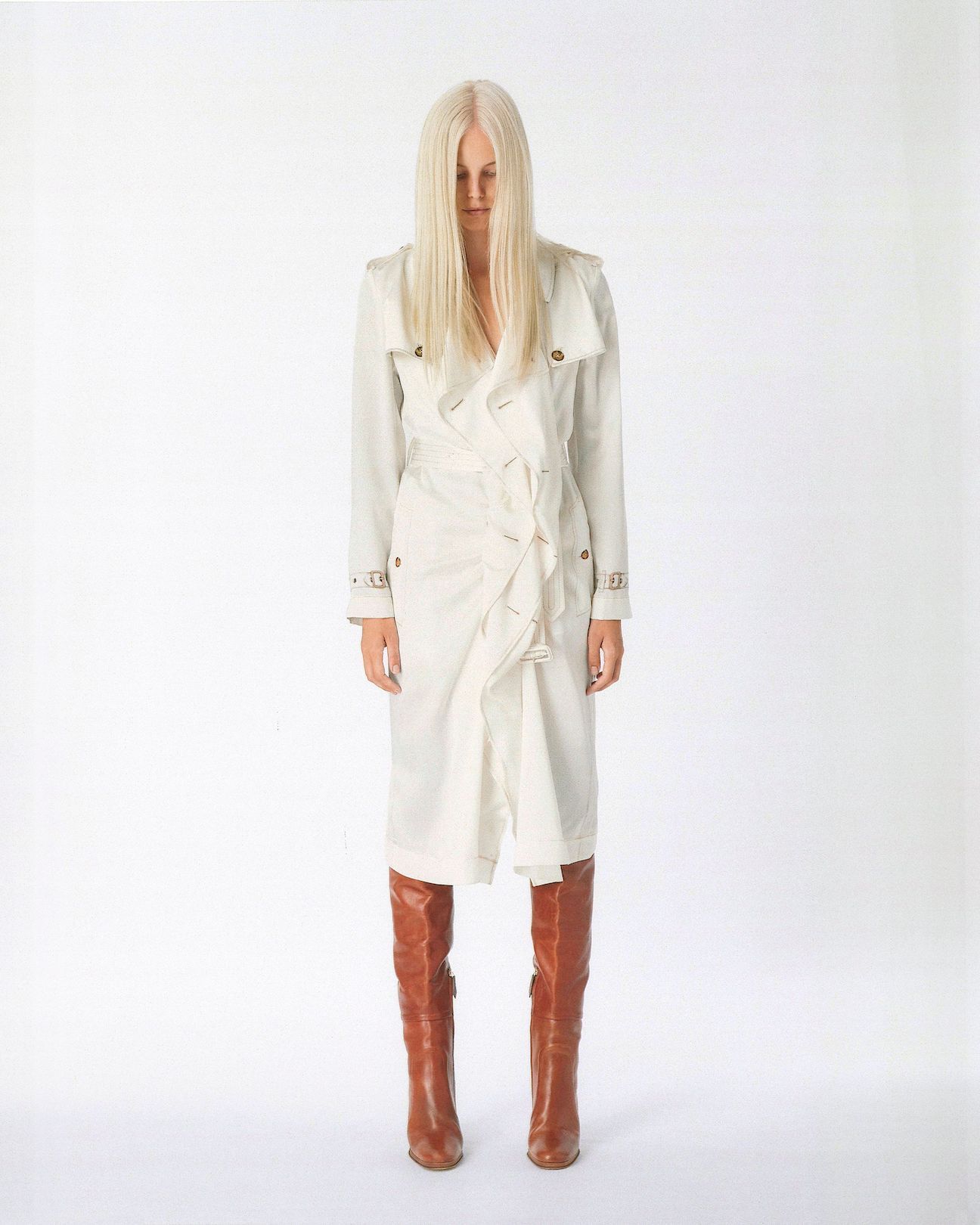
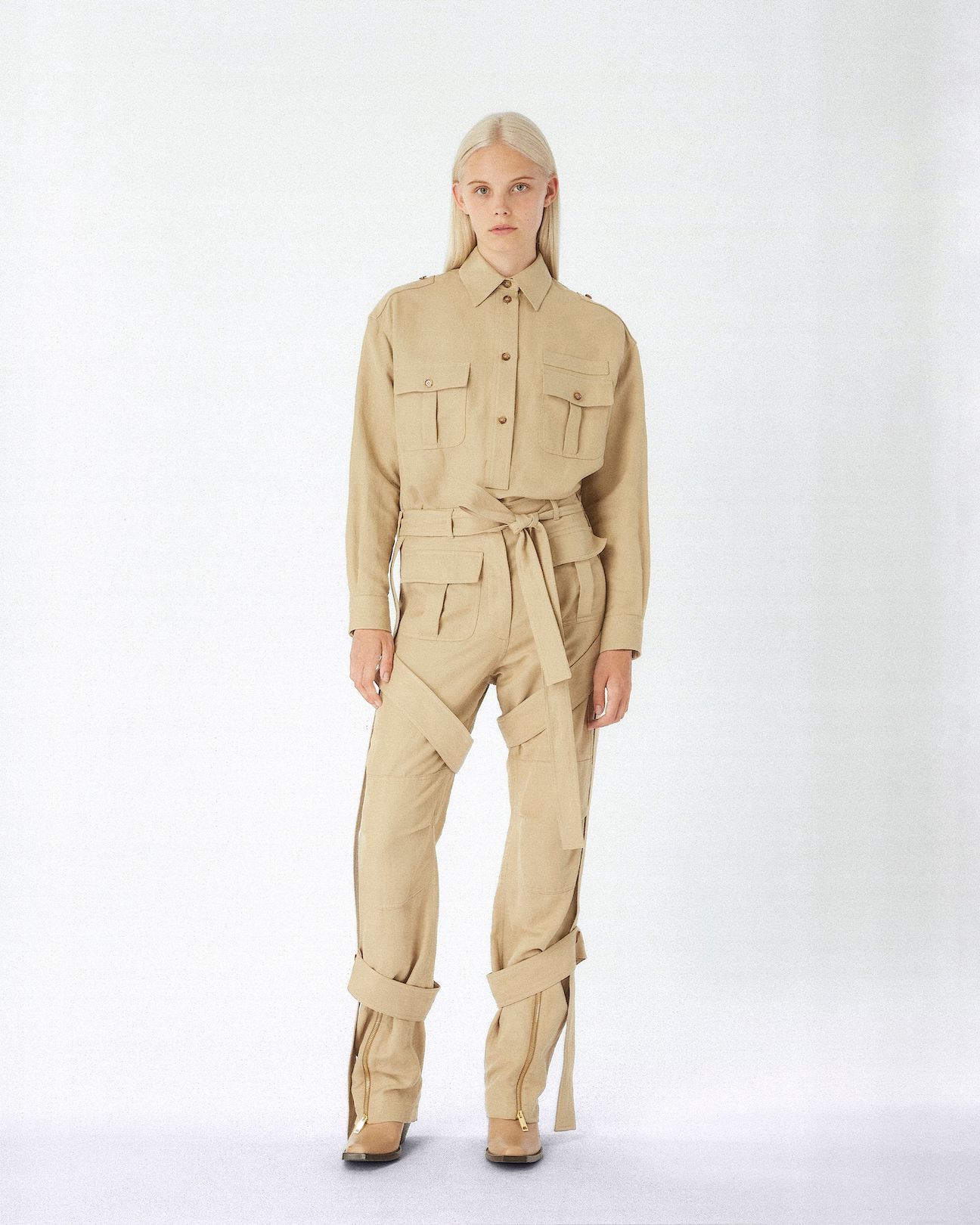
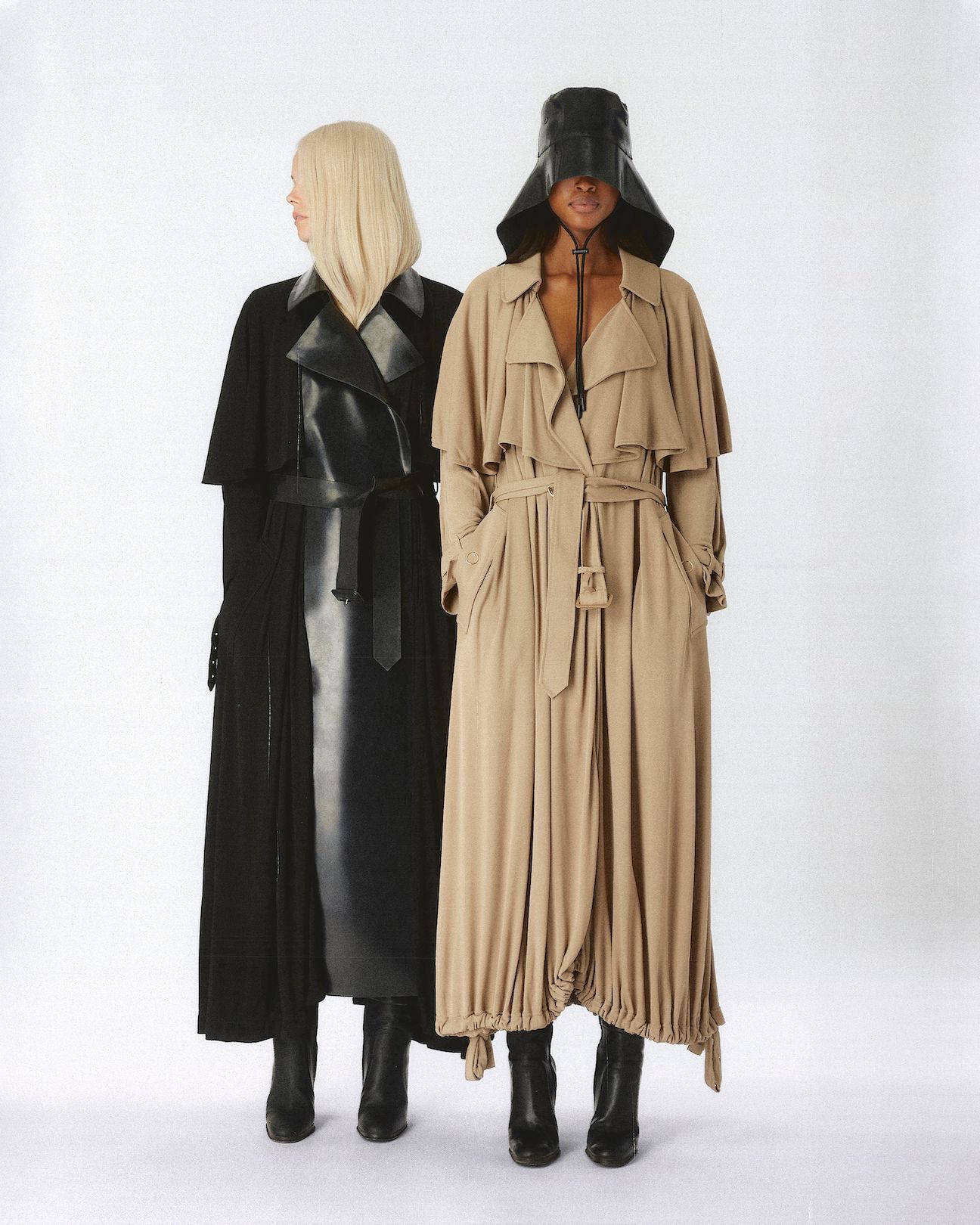
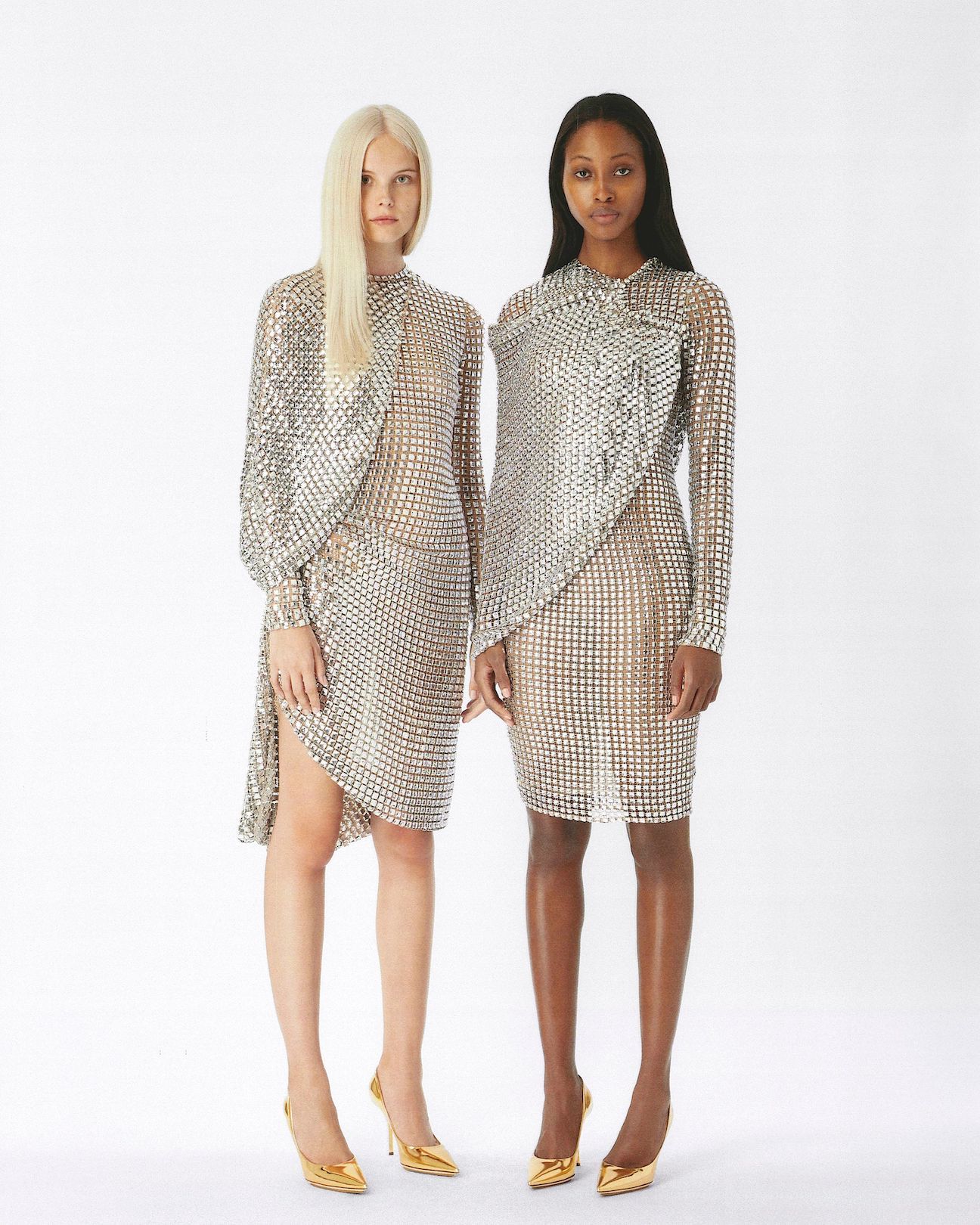
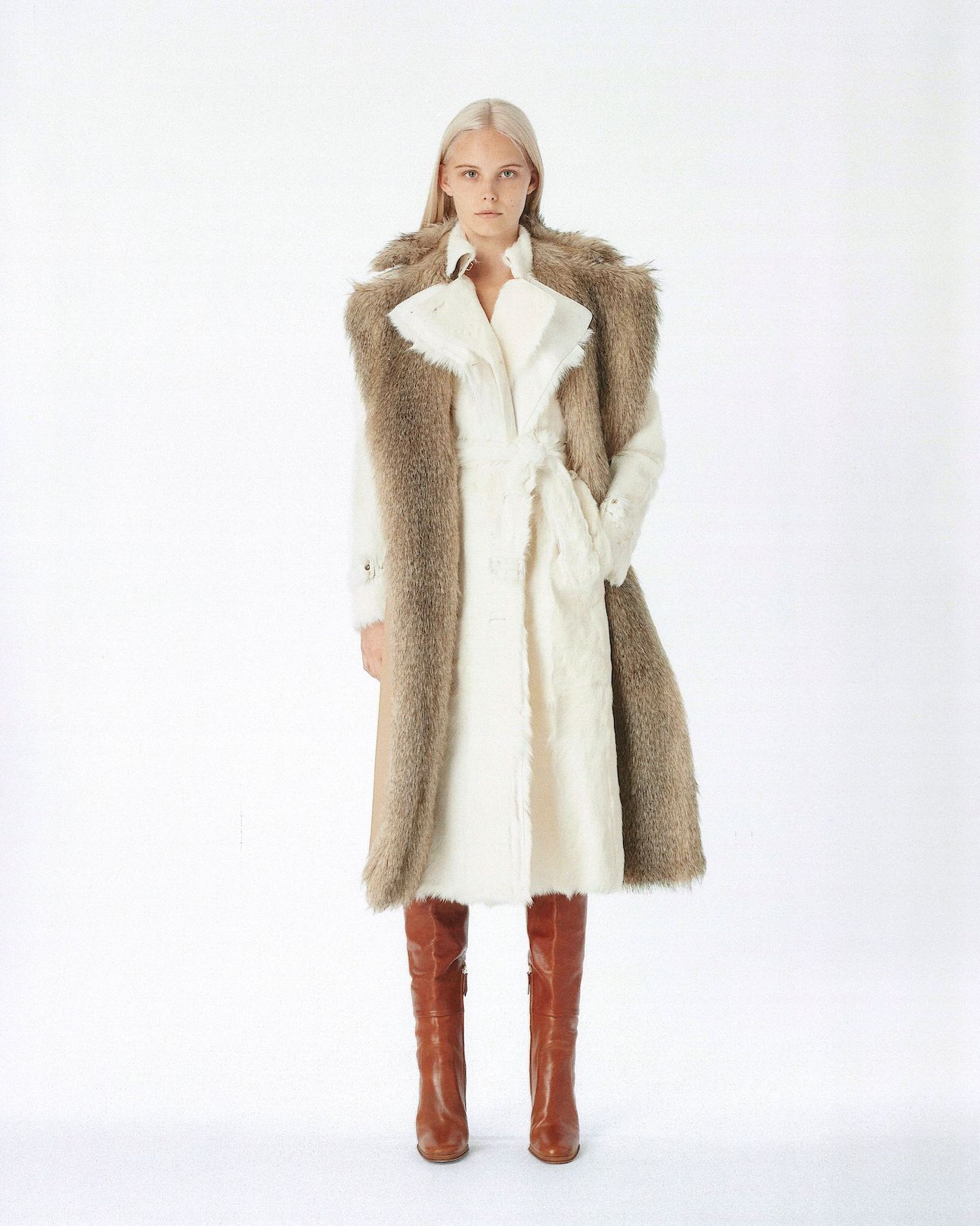
Laziness on whose part?
In terms of creativity. When I arrived, I was thrown into an arena with my gods. Helmut Lang, Azzedine Alaïa, Rei Kawakubo, Ann Demeulemeester, Martin Margiela – can you imagine?
I was a baby. I’ve got goosebumps now, thinking about it after 20 years of my career. Nicolas Ghesquière and Hedi Slimane were already big, much bigger than me. I had just finished school. And I was, like, “Fuck, what am I going to do?”
For me, even choosing a button or a zip was a process that was so intense. I could only work in silence, I was smoking a lot, I was drinking a lot of coffee, and being very selective, thinking, “No, that is very Nicolas” or “No, that is very Helmut.” The reviews, which were so important at the time, were saying, “Riccardo Tisci used Neoprene like X,” or “Riccardo Tisci did leather like X.” Ten years later, everybody is copying everything. Everything is fast fashion. That designer looks like that one, who looks like that one, who looks like that one, and the reviews say, “And he’s a genius.” That’s called laziness, for me. Now, real talent is difficult to see. The ones that become successful very quickly, one day you look at their work and you think, “I know this from somewhere else, I know that from somewhere else, that I’ve got in my archive ….” Because I also collect clothes.
Who are you collecting?
Helmut Lang, Martin Margiela, Gianni Versace, Yohji Yamamoto, Comme des Garçons, Azzedine. And then my own pieces.
How did you start?
When I was at school, I was saving a little money to buy things, and slowly, step by step, I bought specific pieces, but not just for the sake of having stuff. When you like wine, you buy the wine not to drink it but to own it. It’s a passion. It’s not a huge archive, but it’s very curated. I choose with my instinct. It’s the Helmut Lang that I like, the Azzedine that I like, the Yohji that I like. It’s usually less colorful pieces and not much print. I’ve got a lot of pieces from Gianni Versace that are black.
Does this archive then resonate in your own work?
You can see my taste in the color palette. There was a moment in the fashion business when they were talking about “Tisci black.” Black, white, and beige are the colors I always used, across my career. Look back at all my collections: it’s always black, white, and beige. At Burberry, these are also the colors. The check is black, white, red, and beige.
When the announcement came out that I was starting at Burberry, people were shocked. “Why Burberry?” But it has something that is very me, and this feeling increases day by day, the more I am living in the company. Because there are two Burberrys, the one that represents the flag and proper Britishness, and the one that made Burberry what it is today, the real street – the lads and the sexy girls of the 90s. For many years, that aspect was put in the drawer: “Let’s not talk about that, let’s do the classic Burberry.” I’m the one that brought it back.
As much as I deconstruct and reconstruct elements of it at the collection show, I would never touch the real heritage of the brand. It’s like trying to fix the Mona Lisa. It’s history, it should be respected! I’m more interested in the future. Marcus Rashford, I think, is one of the heroes of today, representing how heritage can be changed. He’s a guy who has got a huge brain, a big heart, and a big career, but he doesn’t forget where he comes from. And that is the new-generation Burberry. Britishness is something so strong but doesn’t only have to be punks and the Queen! My goal is to make it more global, to make it more relevant for what the world is today. You cannot be successful in only one country in the world. You need to find a language that is accessible for everybody, from China to Africa.
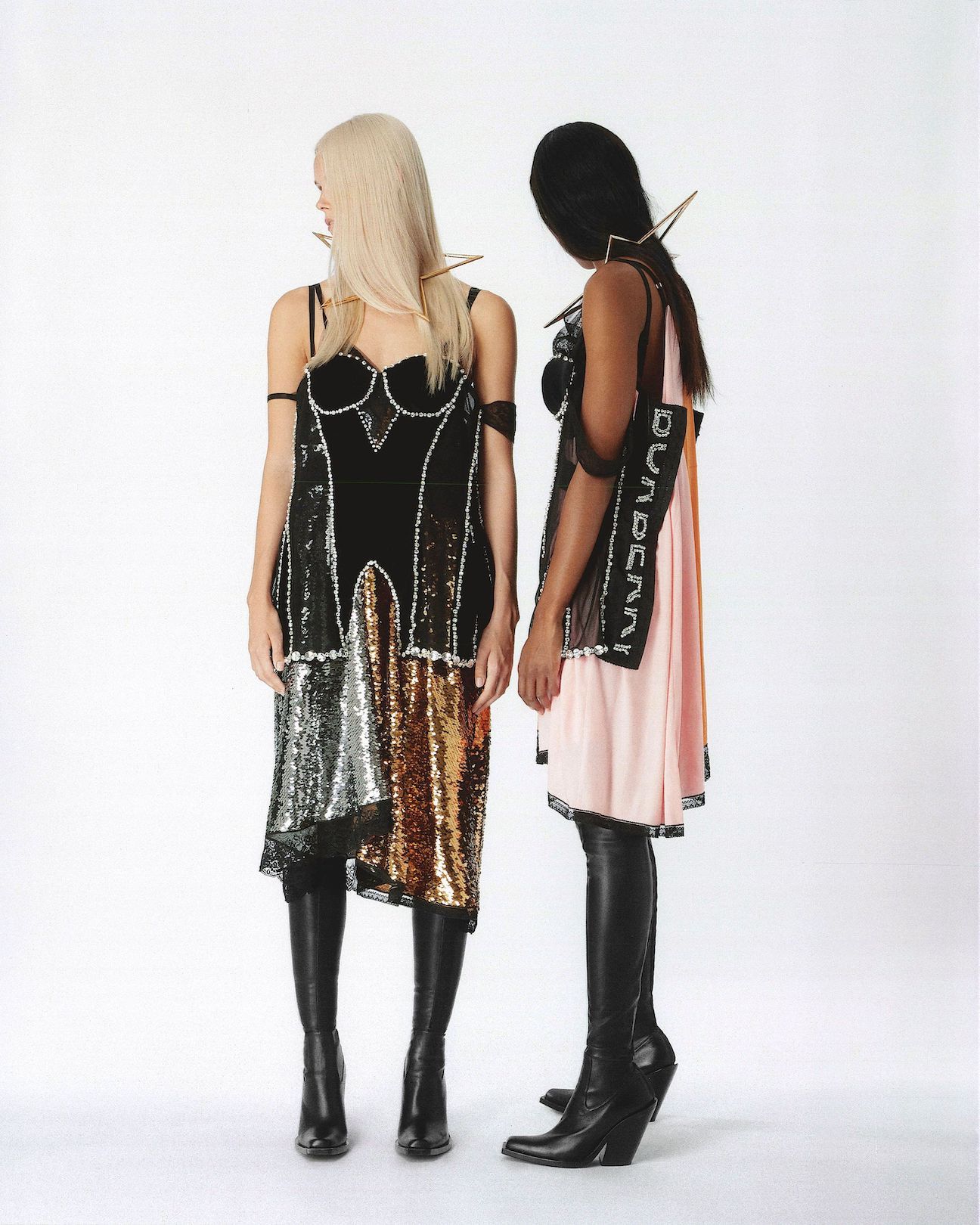
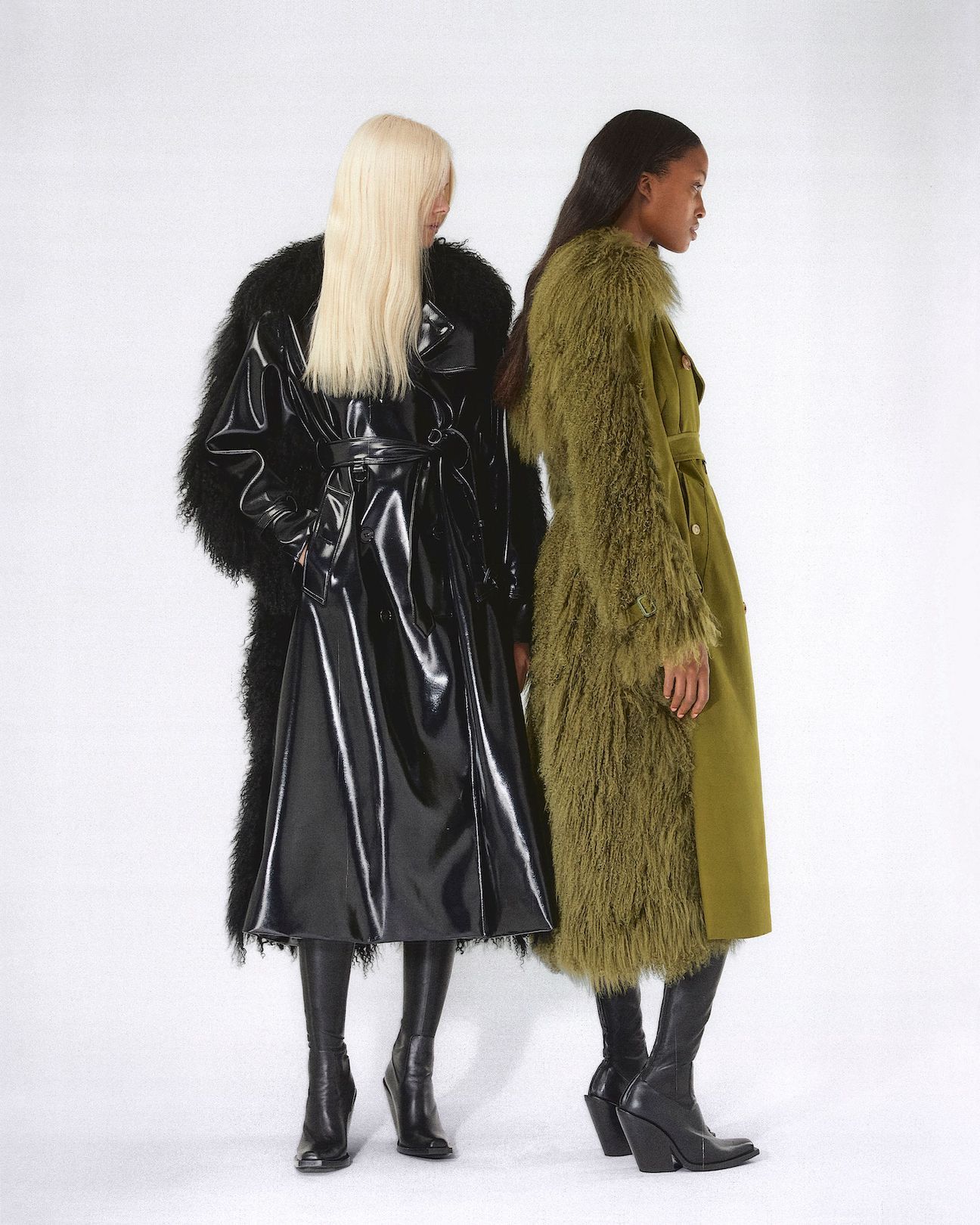
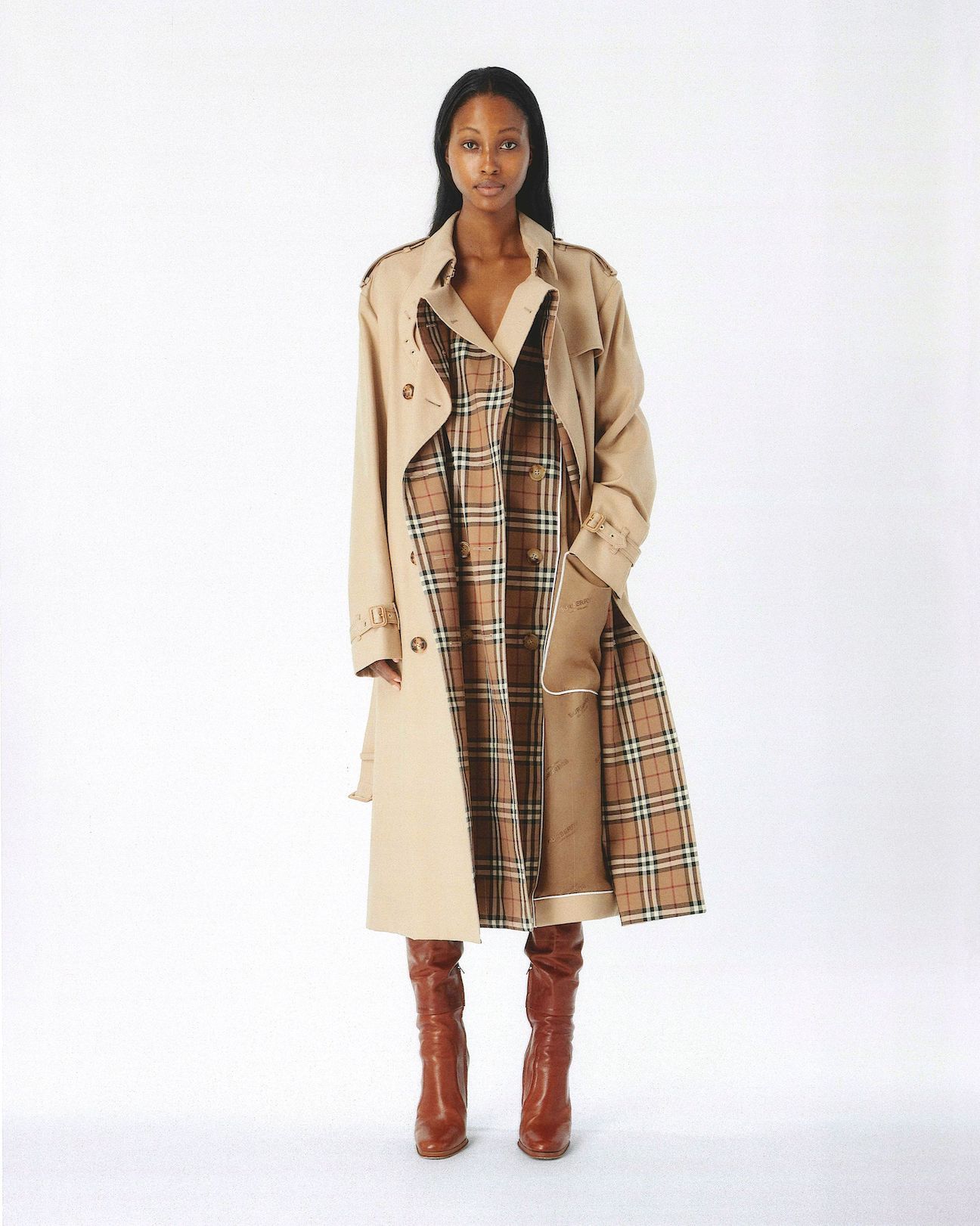
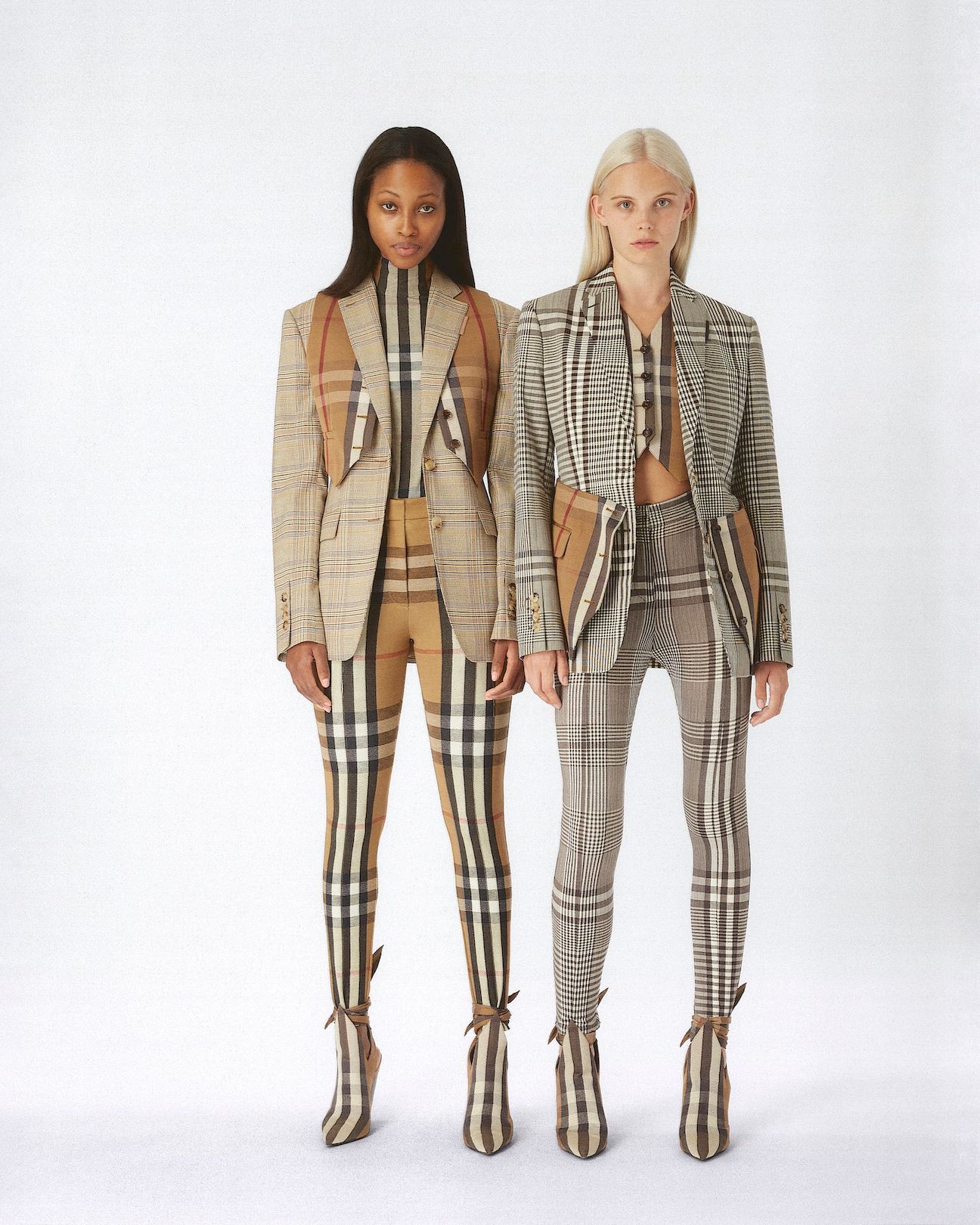
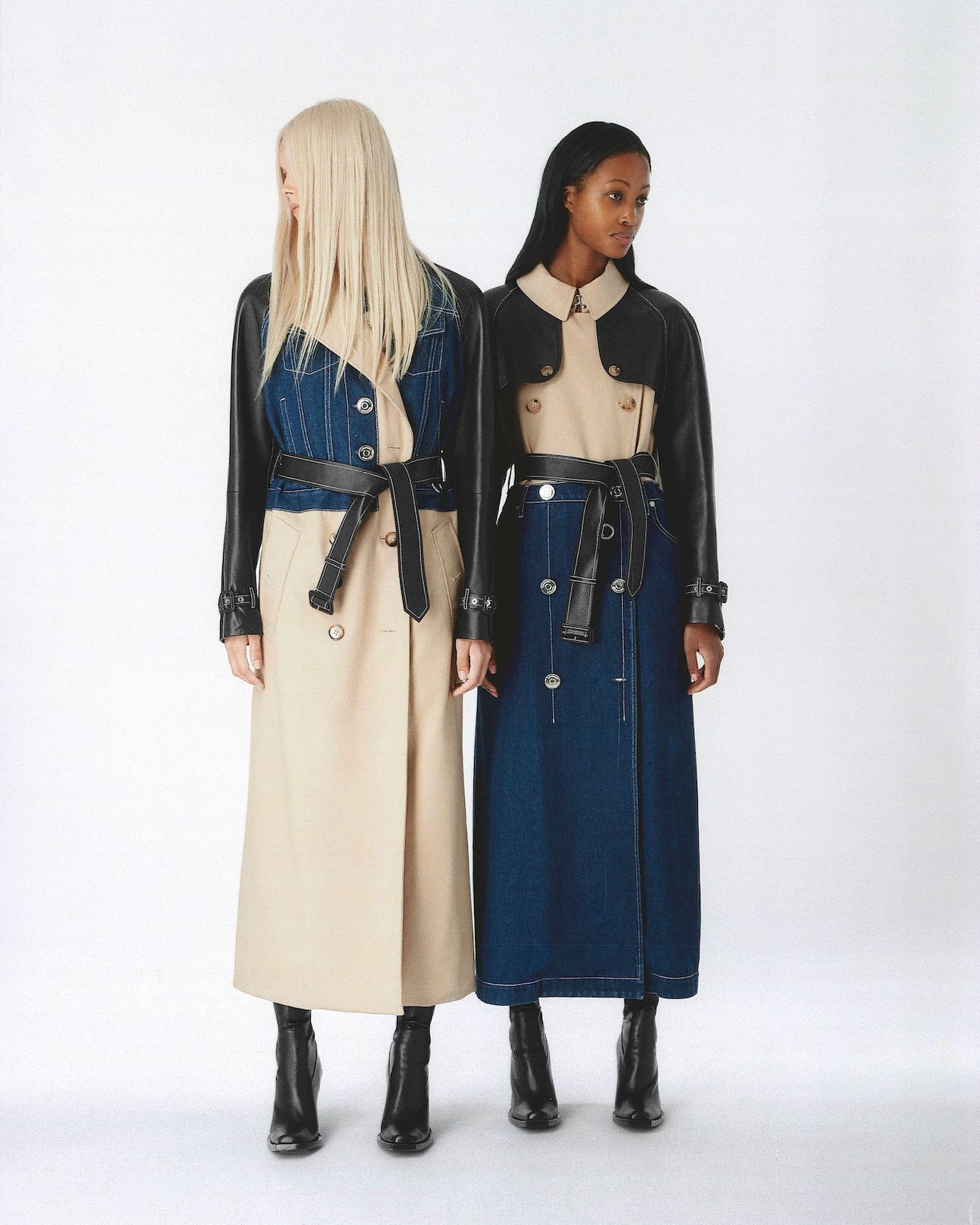
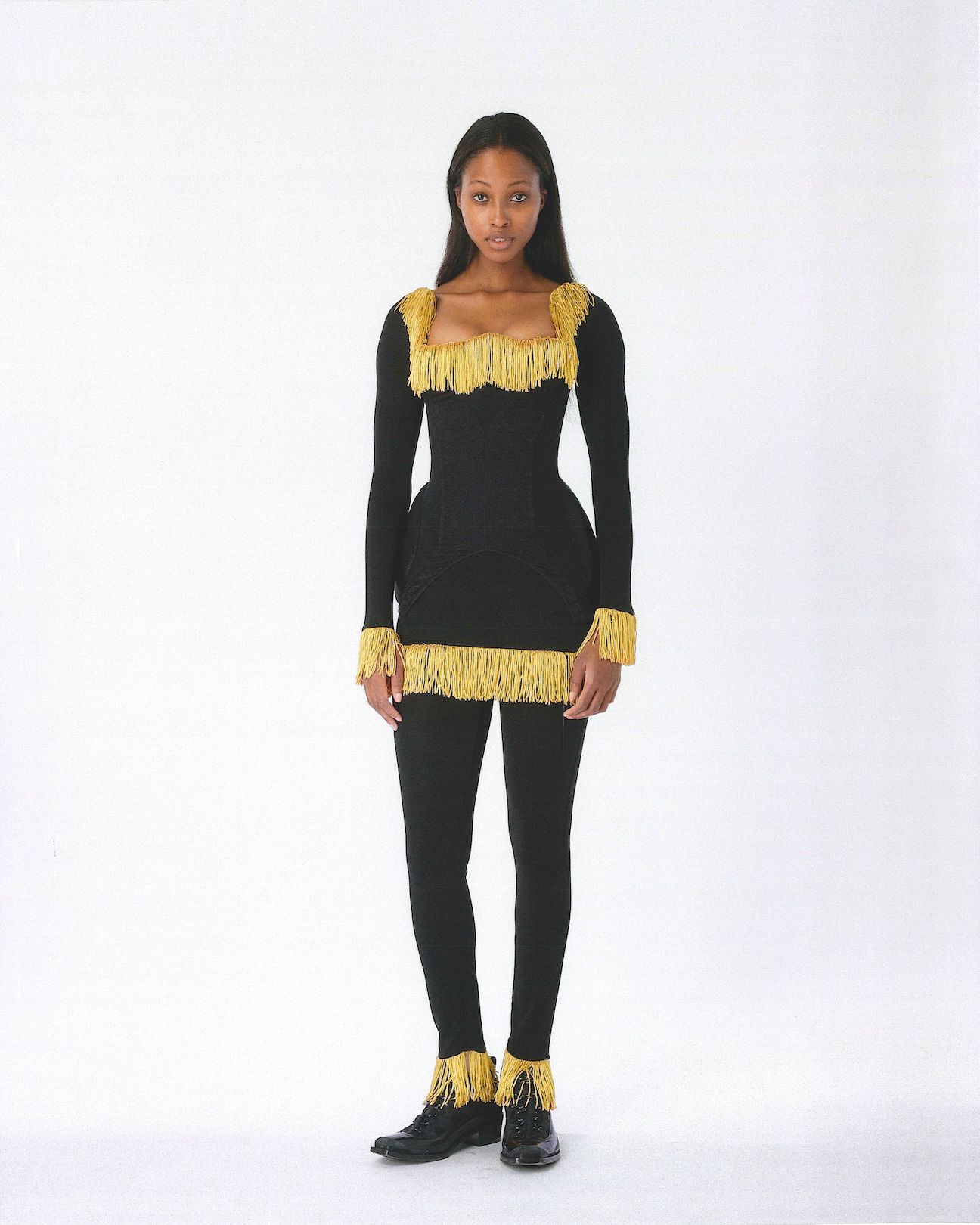
Maybe British identity is flexible enough to have this many faces.
That’s what I’m saying, because the British have always been combining things, ideas, and cultures. Look at the food. Look at the art. Look at everything. This is the beauty! It’s an attitude, more than anything else. I wanted Burberry to be on the map as a luxury company. Before, it was but it wasn’t. Now, we are next to the big names, we’re on the map. What [was] the next step? The next step was to have a mature lady or man going to buy beautiful cashmere, a beautiful trench, a beautiful bag, but to also speak to the young generation.
This is the most important thing to me, to not forget anybody or push them aside. I’ve been doing this step by step, but it hasn’t been easy, especially with Covid. This was a moment [when] the boat could have sunk. Now, it’s sailing ahead, and I go to bed serene. Having a big company on your shoulders is tough!
I want to return for a moment to Italy – were you around during the time of the Paninaros?
Of course. But I never wanted to be a Paninaro, and I wasn’t able to be a Paninaro. That was for the rich kids who could afford Armani, Moncler, and Naj-Oleari. At that moment I was 15, 16 – and I became a goth. I had black hair to my shoulders and was going to school wearing white makeup, like The Cure. You know, when you would break your leg, they used to give you plaster and bring you to a place where they fix shoes, and they would attach this sole to your plaster so you could walk at the same level. I made my own platform shoes this way. My mom, she was doing knitwear, and she made me this gigantic black jumper. There were probably only three of us, the real goths. But you have to imagine, we’re talking 1988 in Milan, the most conservative city in the world – not London or Paris. I remember there were people screaming at me on the bus. I couldn’t go in the center of Milan, because they would kill me [there]!
We are talking about the roots of your future aesthetic.
When I was 24, and I’d just finished school, I was called by Franca Sozzani and asked if I wanted to be the creative director of this strange Italian label called Il Marchese Coccapani. Franca was, like, “Listen, you have to turn the label inside out.” It was a brand for classy old ladies, like Escada in Germany. And with this brand, I dressed Marilyn Manson. Years later, when I arrived at Givenchy, one of the biggest couture houses, I deconstructed couture. It was the moment of Tom Ford, glamour, glitter, fur, Swarovski, champagne, Guy Bourdin, all that. And I arrived dark, black, languid, deconstructed, destroyed. It was me living my Paninaro/goth moment. Basically, I went into luxury and got my revenge.
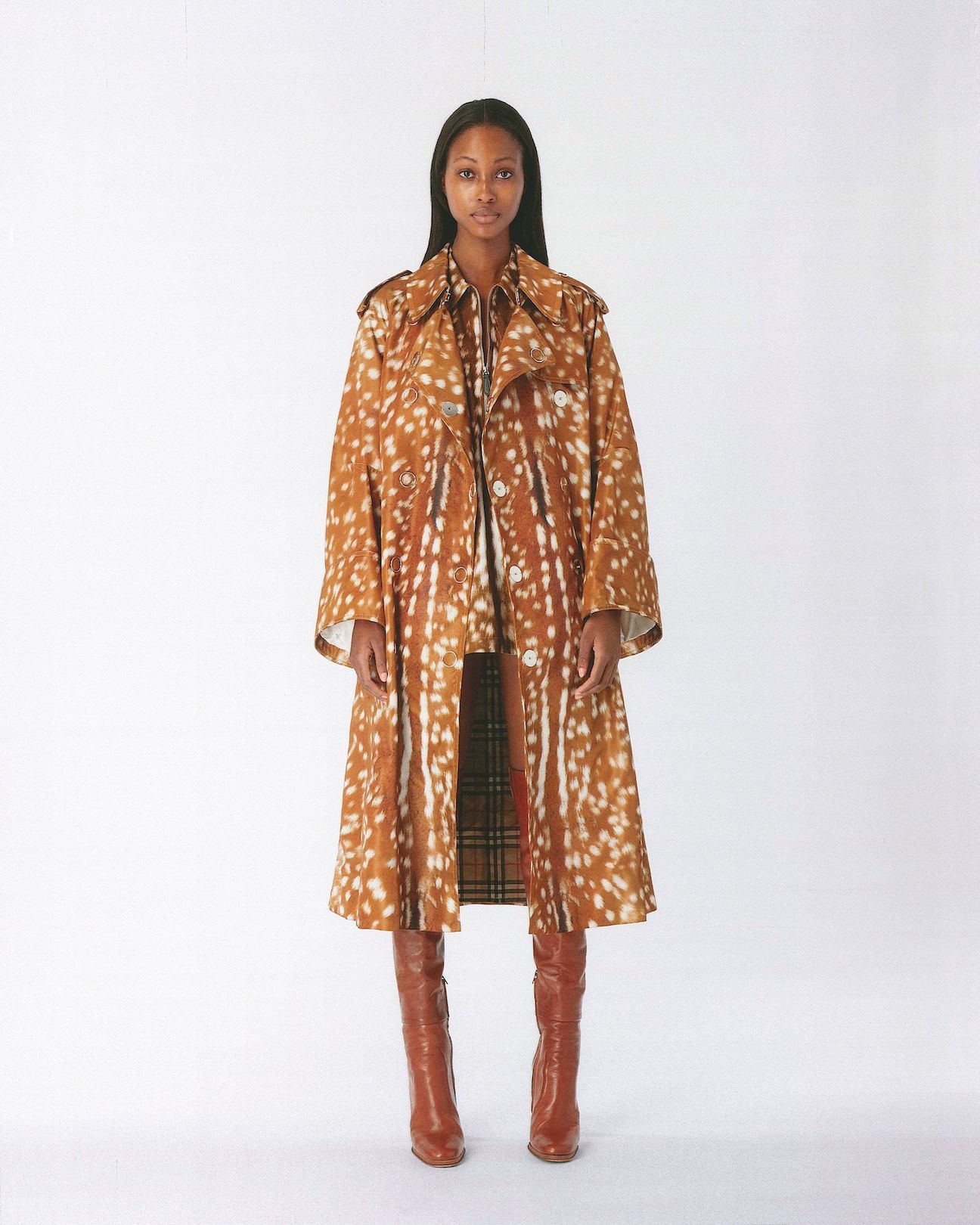
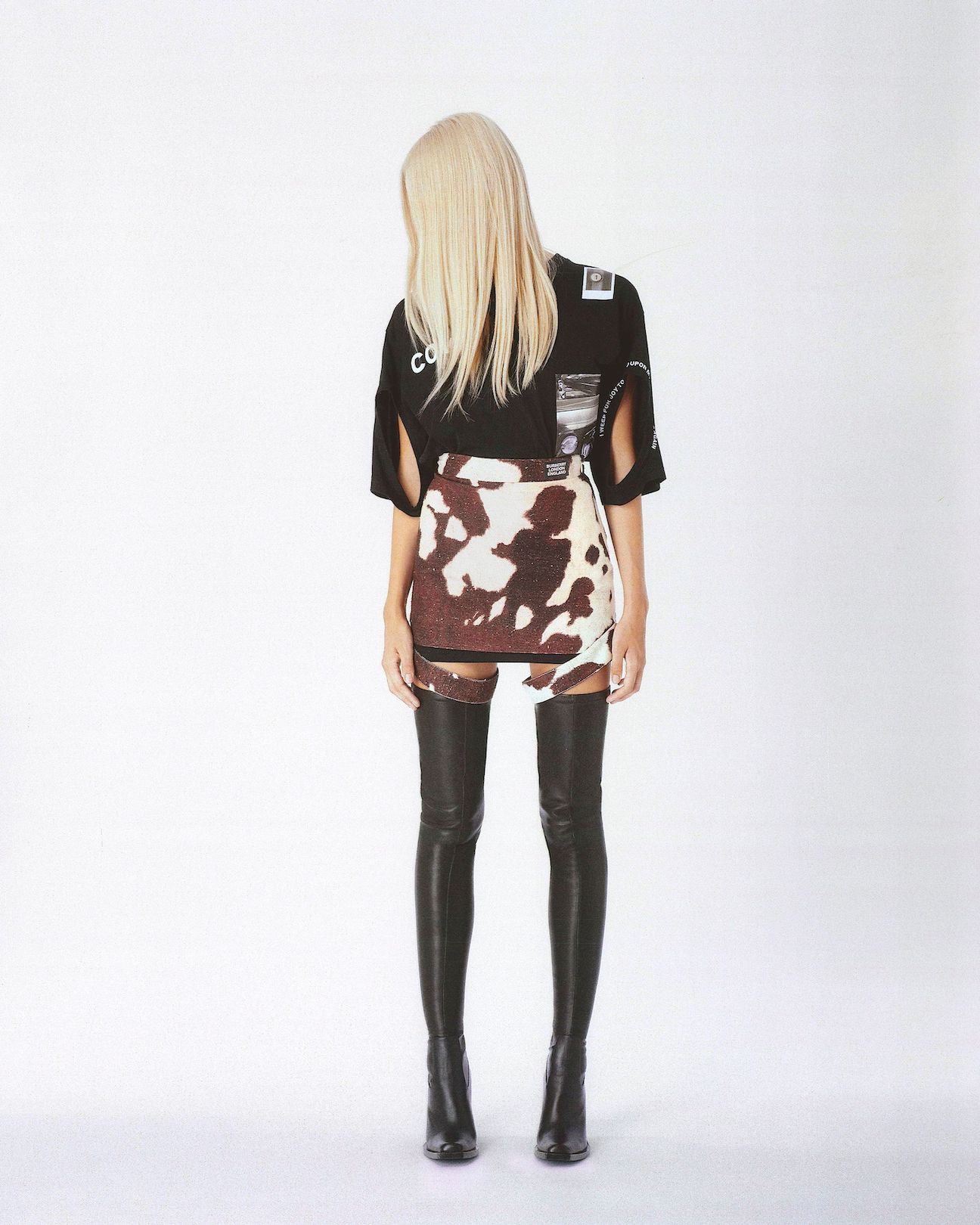
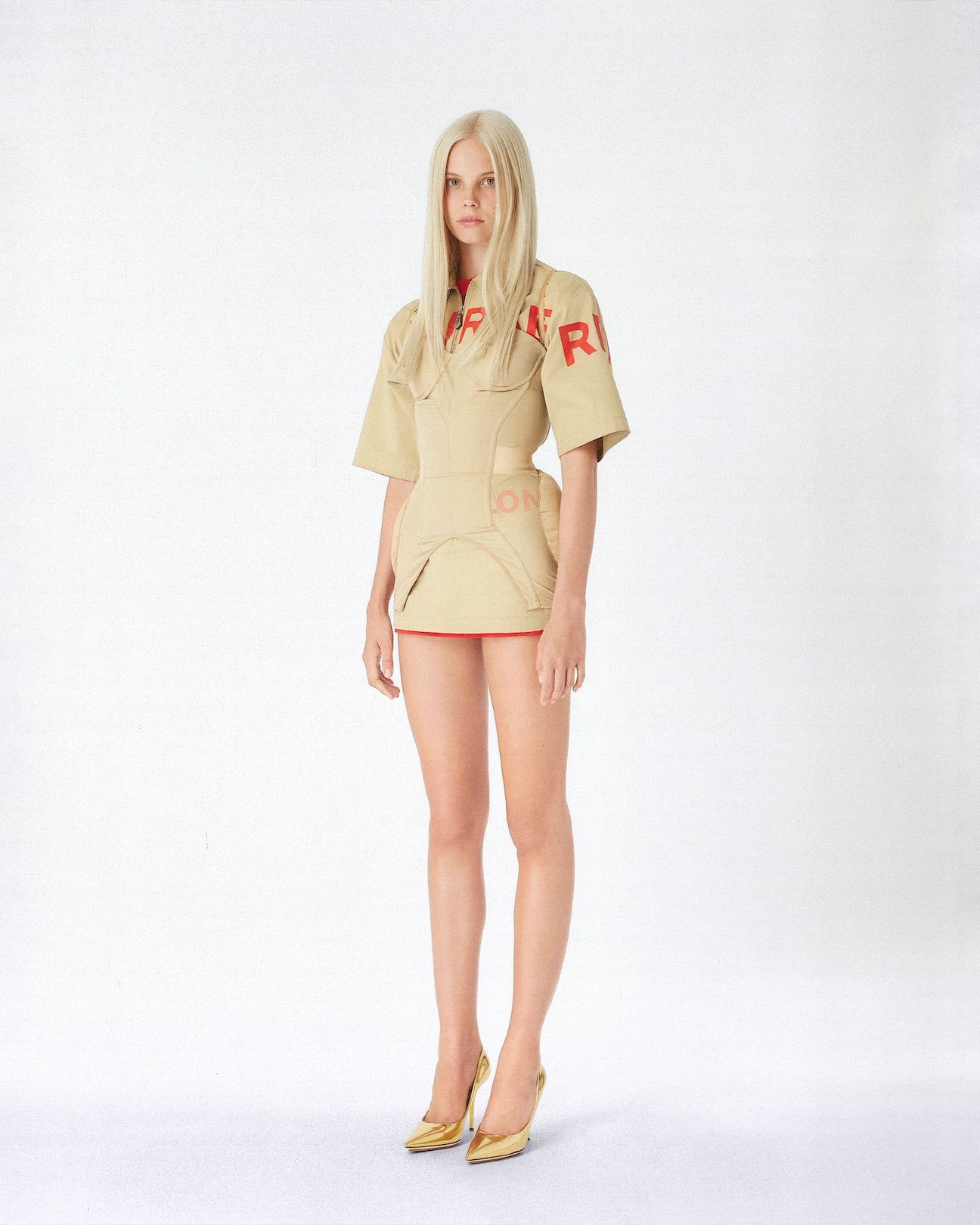
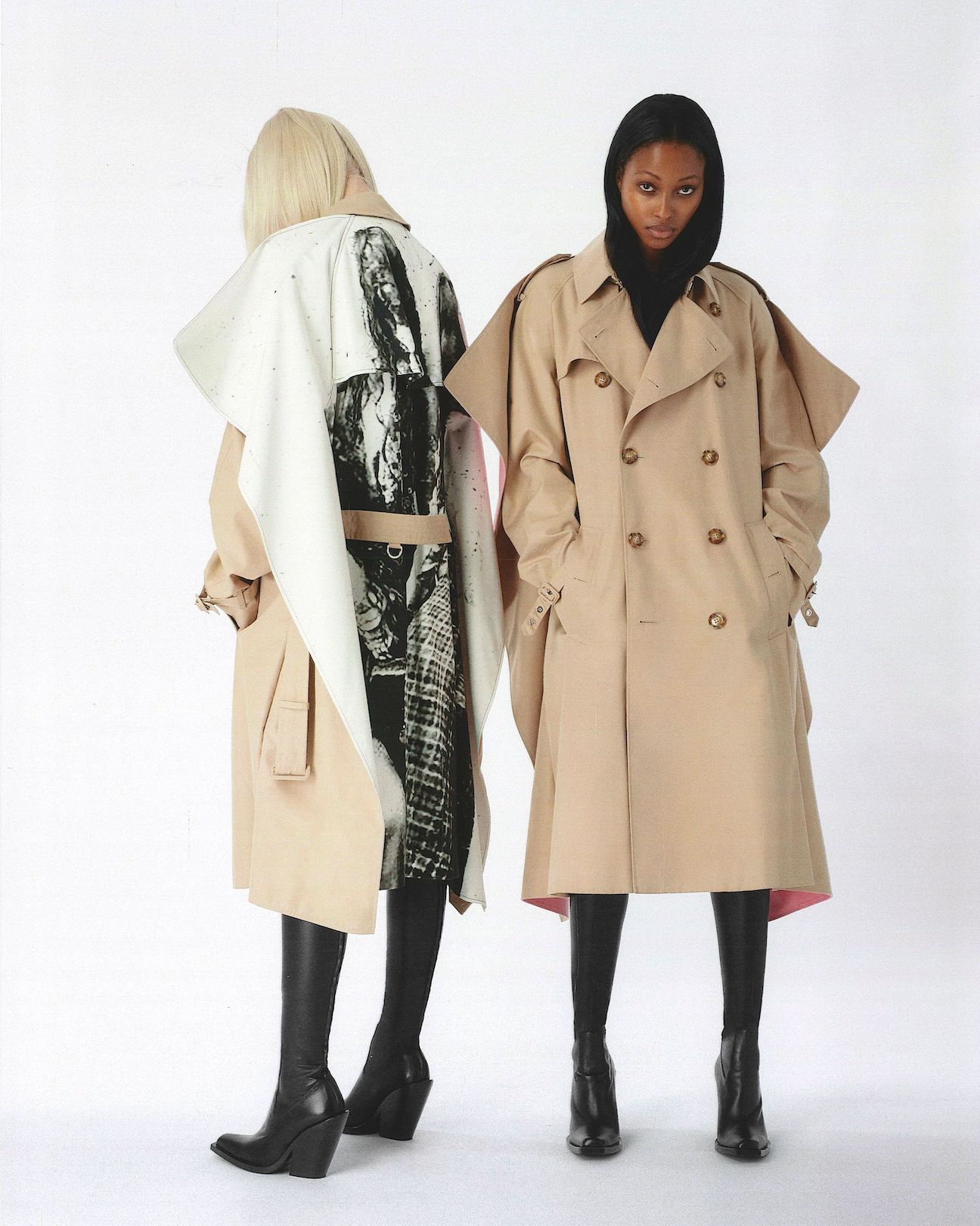
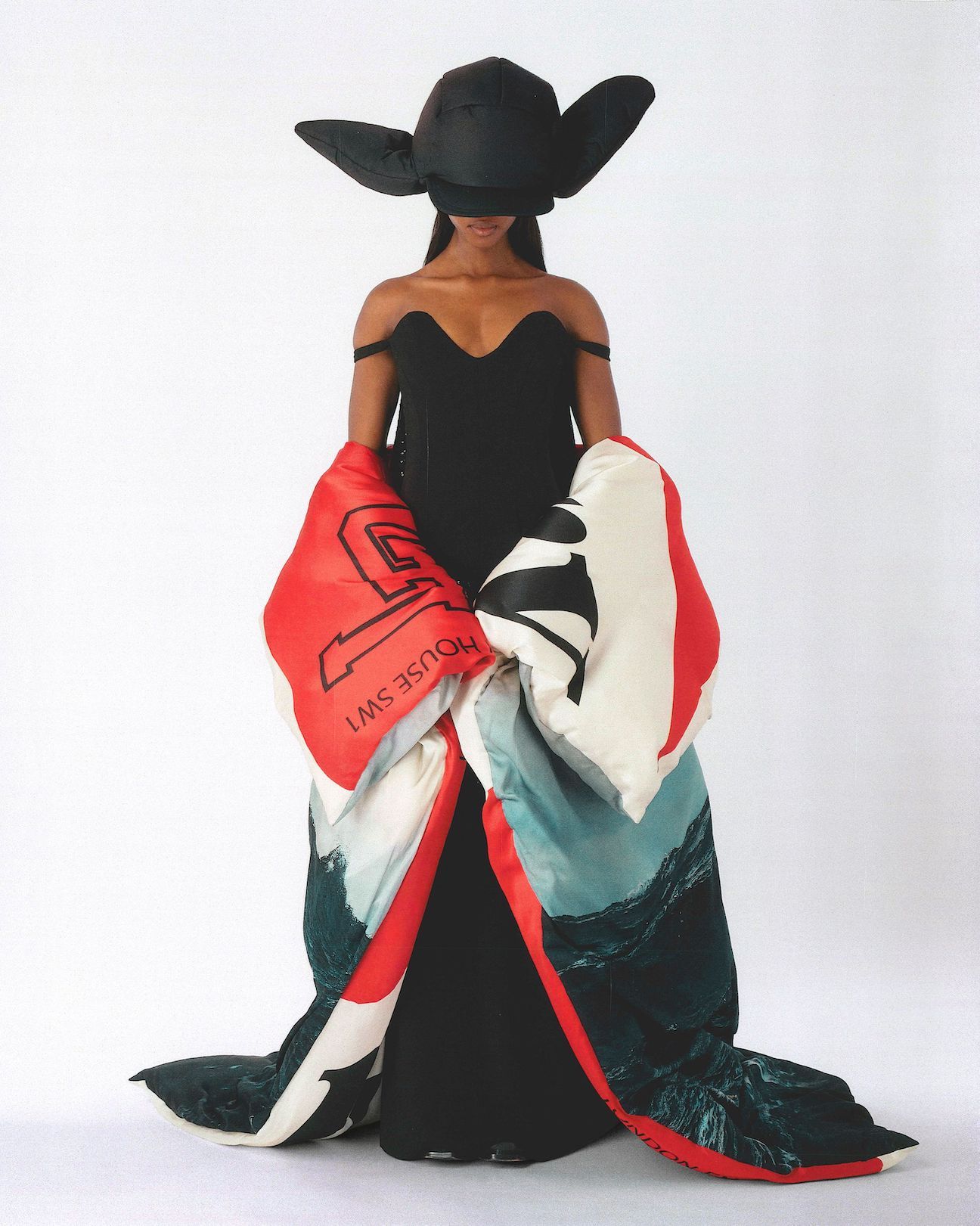
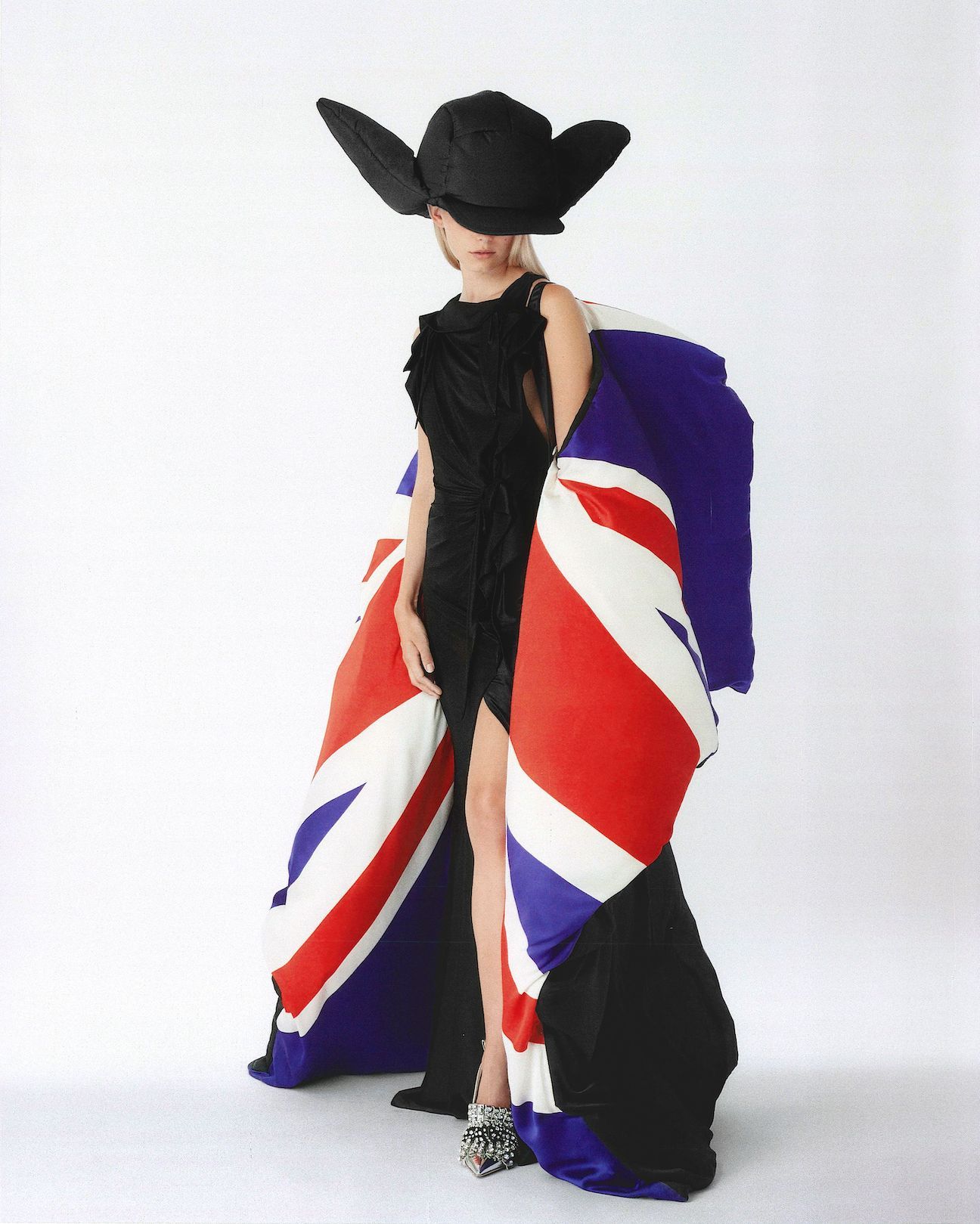
So a teenage fantasy came back to shape a new image of the street.
At my second couture show at Givenchy, a famous journalist said, “This is fake goth.” Two seasons later, I threw so much goth in her face, she was shocked. And then we became friends.
In my first five years at Givenchy, I got in a lot of trouble, let’s be honest. I did a million things that were crazy. That, for me, was a goth way to approach fashion. Ten years ago Kanye and Jay-Z called me to design and curate Watch the Throne with them. I designed the record cover, which was a print from Givenchy made in metal, and then I worked with them on the stage and the costumes. I remember Kanye coming to Paris, after my Panther collection. Jay-Z, Beyoncé, Kim, Gwyneth Paltrow, and I all went to his show. He called me to the stage, and I looked into the crowd and saw there were tons and tons of kids wearing my black rottweiler t-shirts. It was very symbolic for me, because it showed that the hip-hop world had become goth. It was one of the most historic moments of my career.
Alongside this work in pop music, you also produced projects for the opera.
Ten years ago, I was the first foreign designer to make the costumes for the Opera de Garnier, when Marina Abramović did Ravel’s Bolero. I dressed the dancers in these amazing skeletons made of lace. It was memorable, and Marina, of course, is one of my main muses and collaborators. I’ve continued to work with her at Burberry, designing costumes for her 7 Deaths of Maria Callas opera project.
I read that you bought a house with her?
Yeah, in New York. She was always saying that she was adopting me. She even asked my mom if she could. For a long period I was going to New York a lot for a love story, and I was spending a lot of time with Marina. She never had kids, but said she dreamt of sharing her life with a friend. So we bought a house together.
Some of the designers you mentioned already – Helmut Lang, Martin Margiela – they established themselves in the fashion field, departed, and now we see them coming back in the field of art.
And you saw Margiela’s exhibition opening yesterday. Amazing. The nails! I love it.
I’m not sure if it’s possible to depart from fashion in the same way now. Especially in your case, already being so active across different fields, and so connected with music and popular culture, bringing these different worlds together. It’s as if you don’t need to leave fashion in order to traverse disciplines.
Now you can have both. But I’m from the older school. I see so many people doing so much, singers doing clothes, designers trying to do other stuff – but something doesn’t feel right. You cannot do so many things at once and have them all be high quality.
The fast fashion thing is going to end soon, because the young generation doesn’t buy it anymore. They don’t want it. They want things with meaning and with soul. If it’s fast, there’s no soul. It’s like the difference between making love and a quick fuck. It’s the same action, but it’s two different things. One has got an emotion, and one does not. And this is where fashion is going.
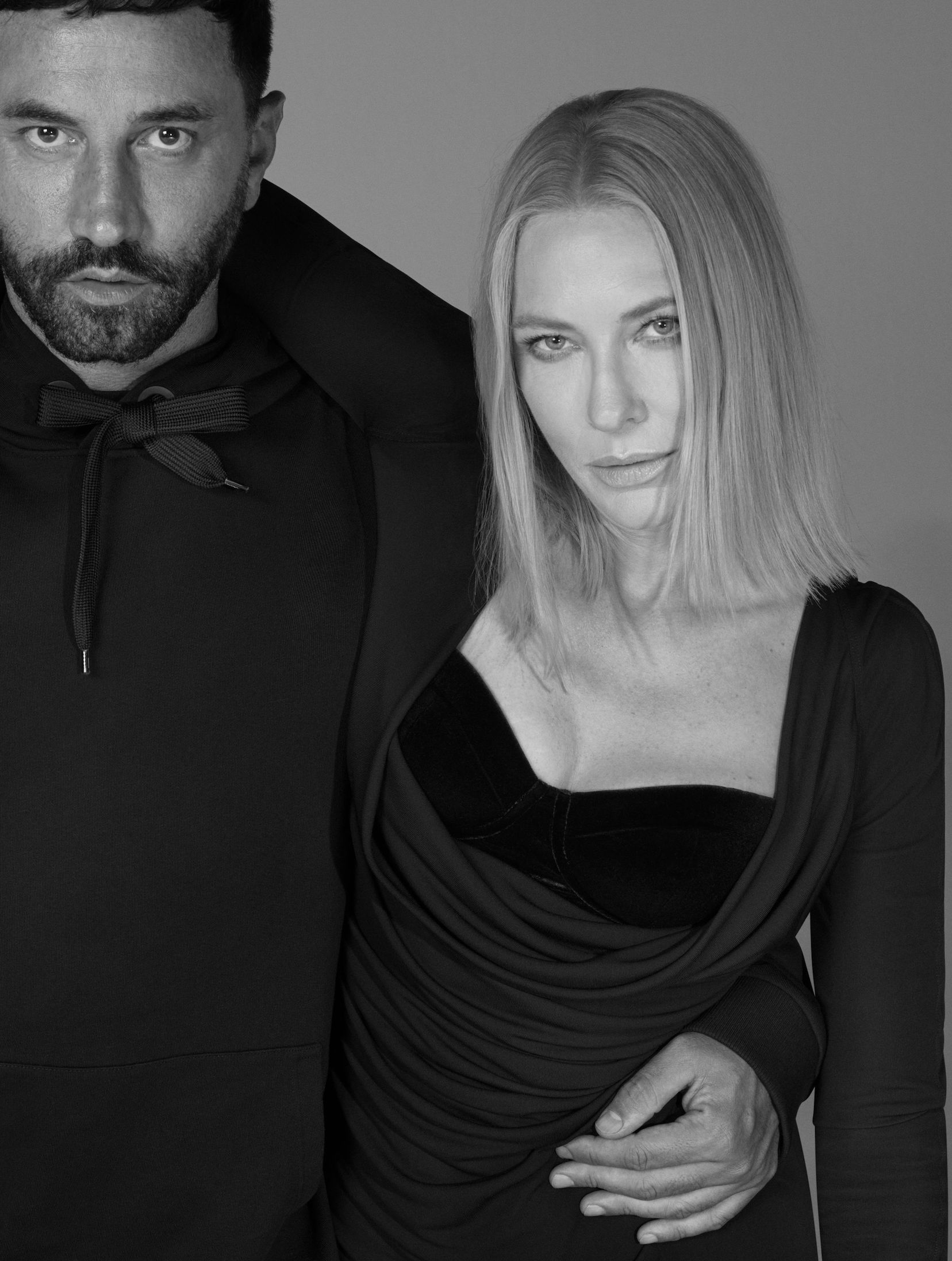
Click here to read How RICCARDO TISCI Came to BURBERRY, Part I: The Intro and Part II: The History.
Credits
- Text: Thomas Jeppe
- Creative direction, styling, and photography: RICCARDO TISCI
- Talent: NYASHA MATONHODZE, TARA HALLIWELL
- Portrait: Mert & Marcus
